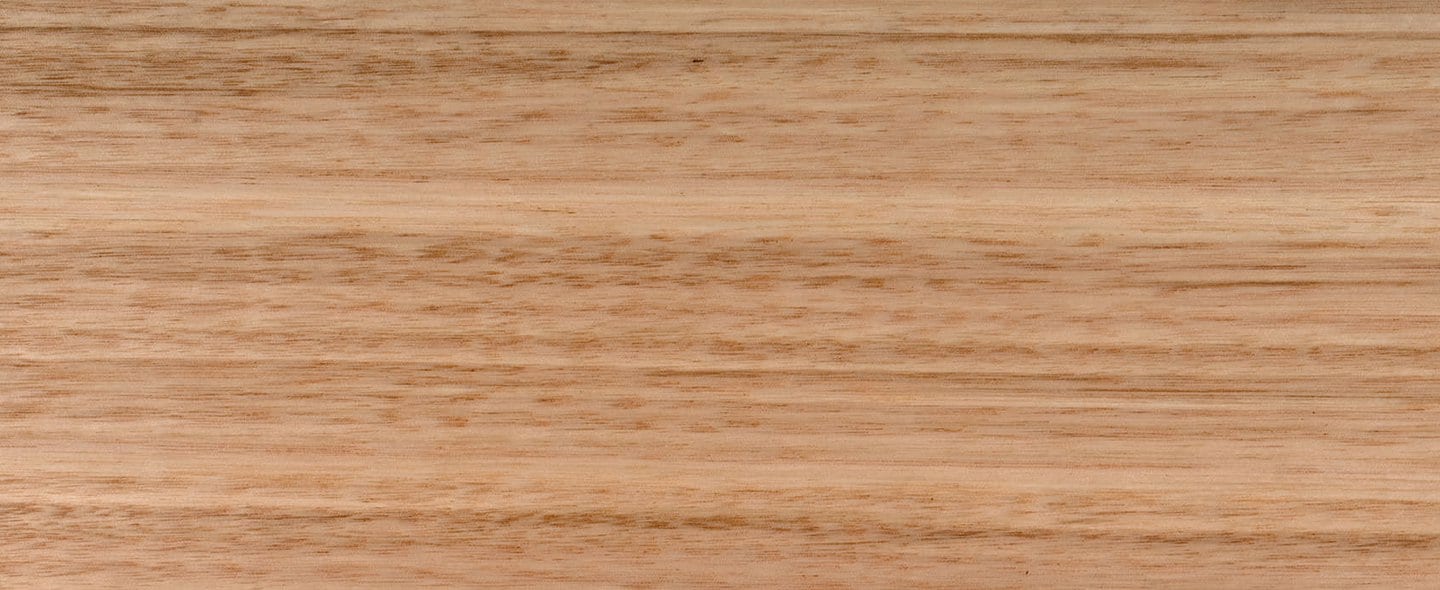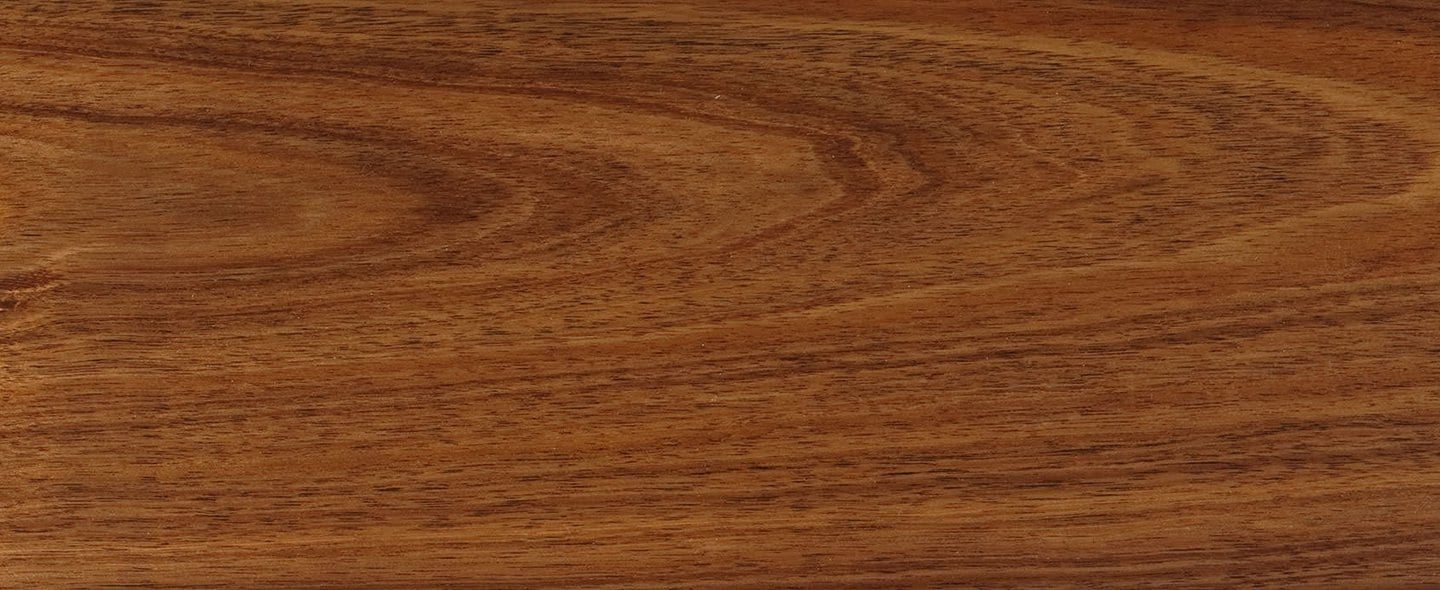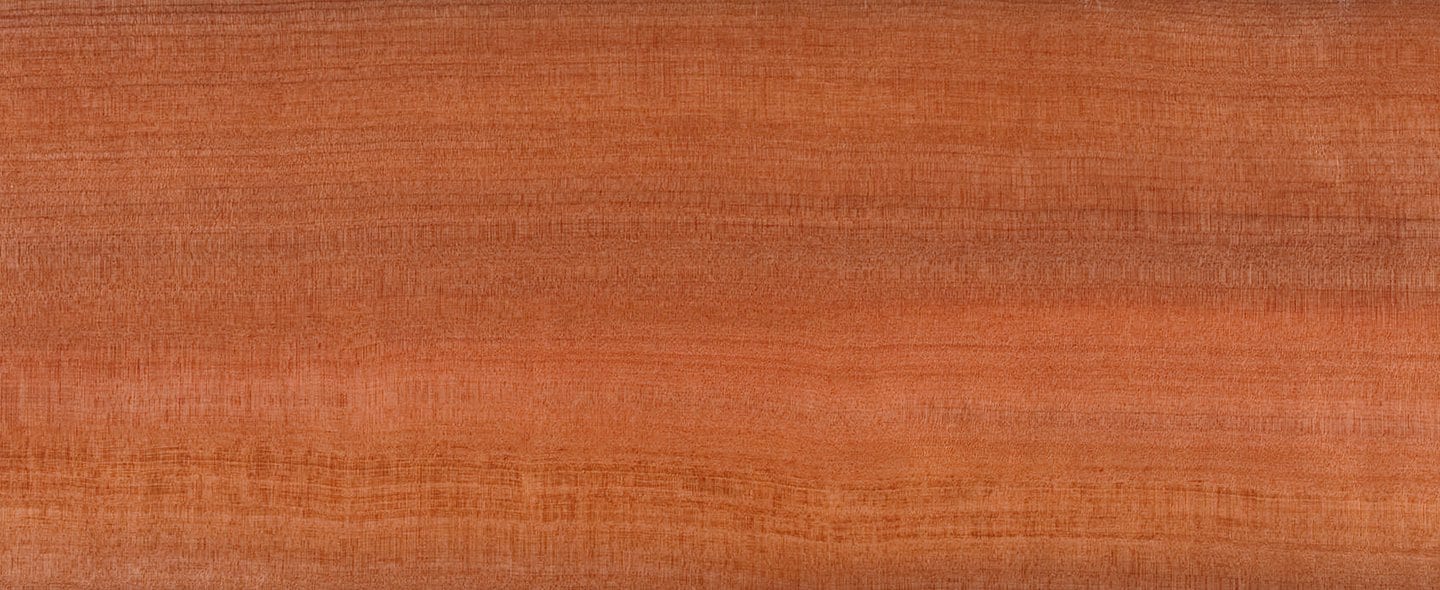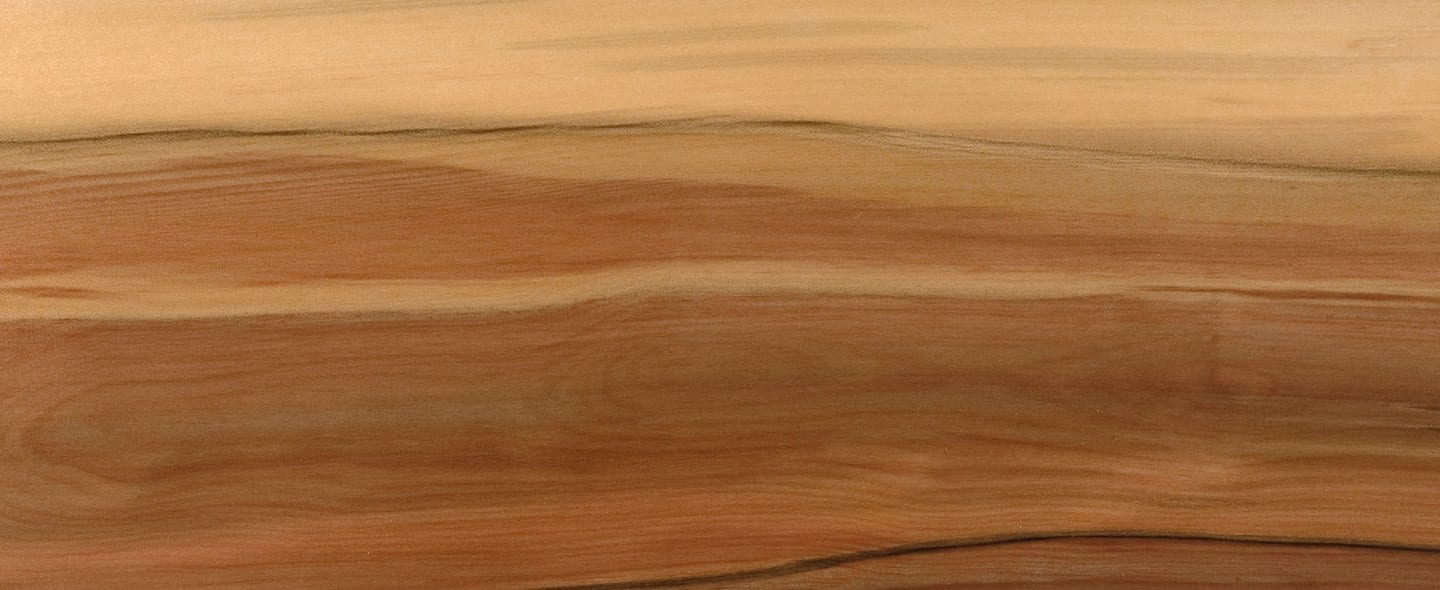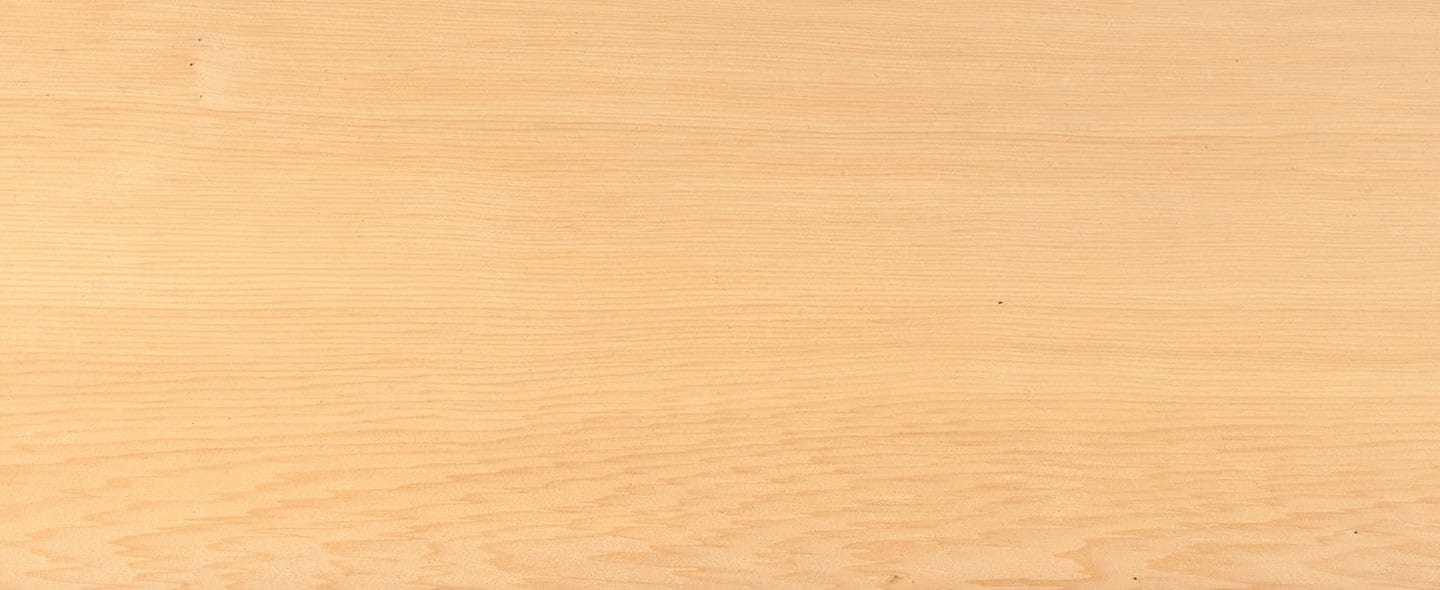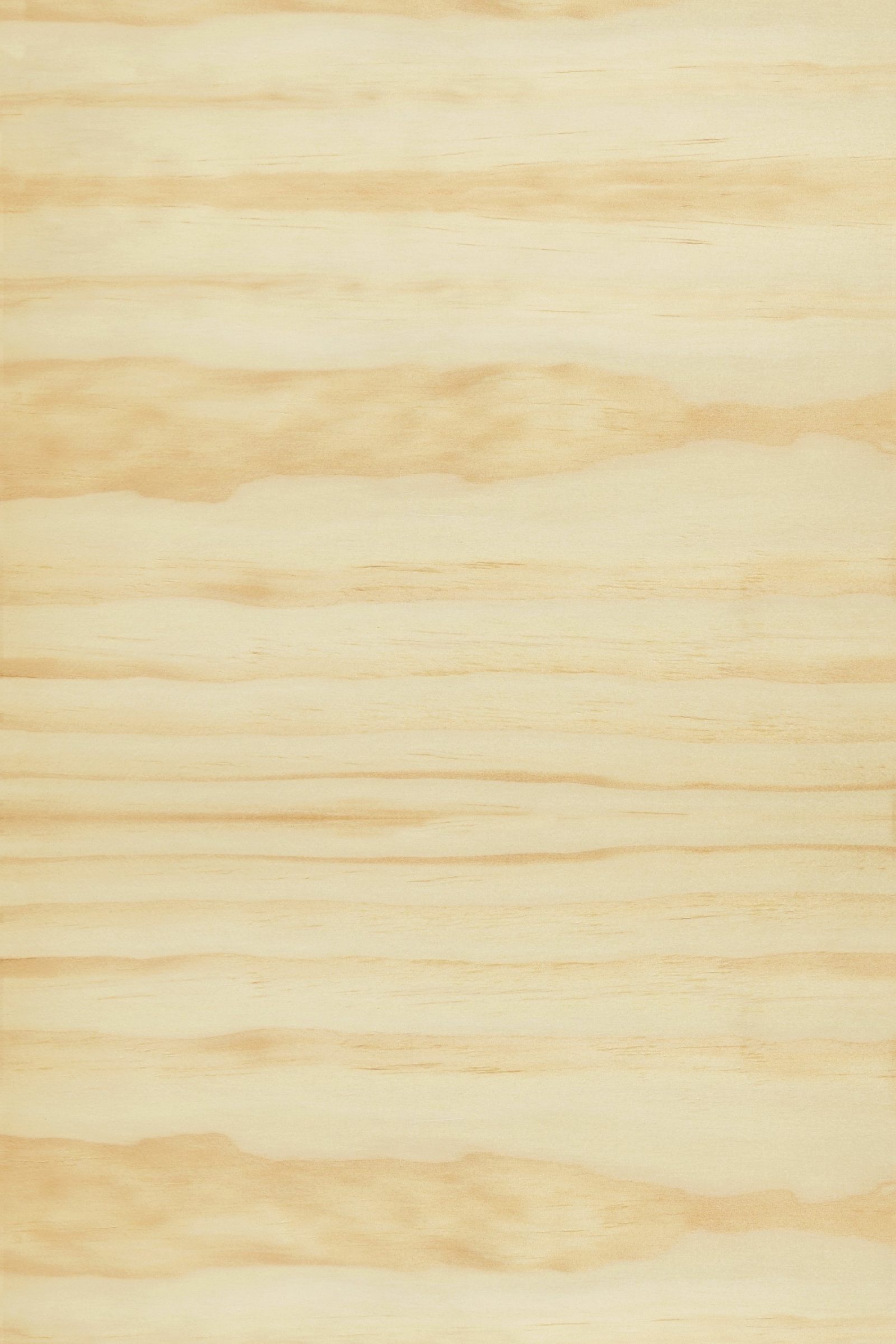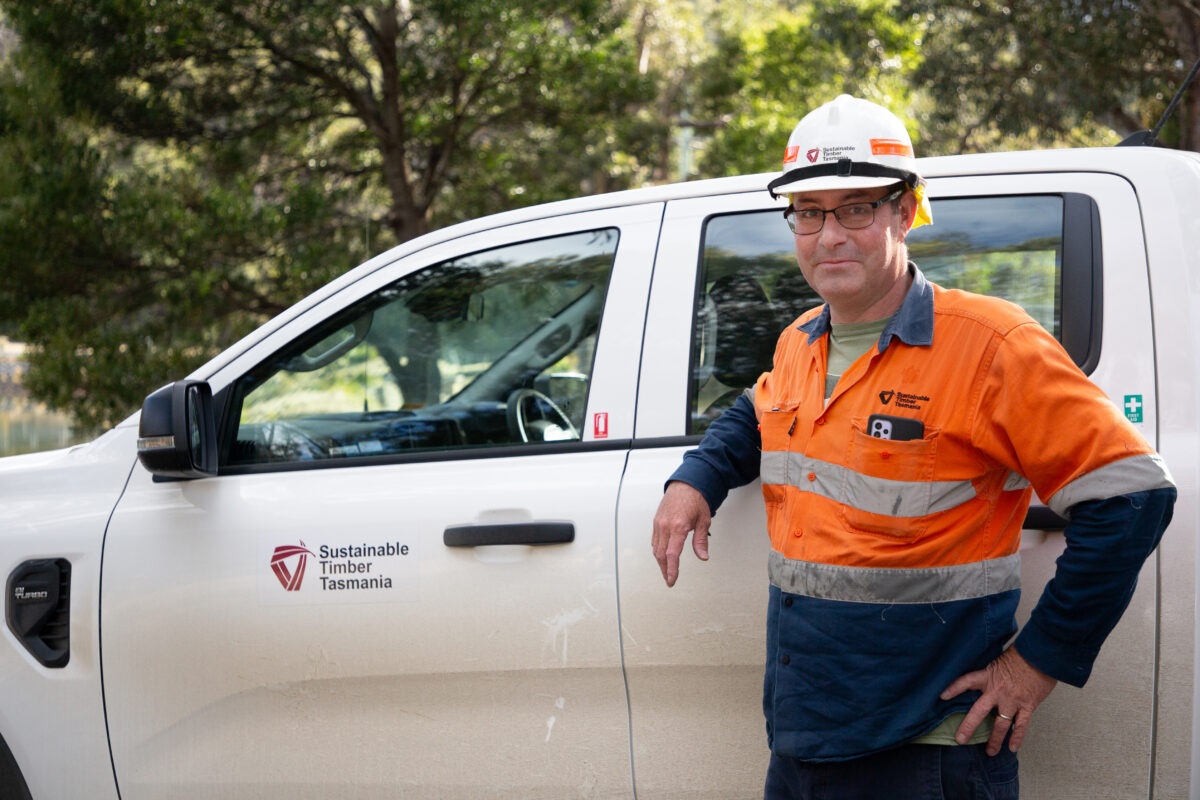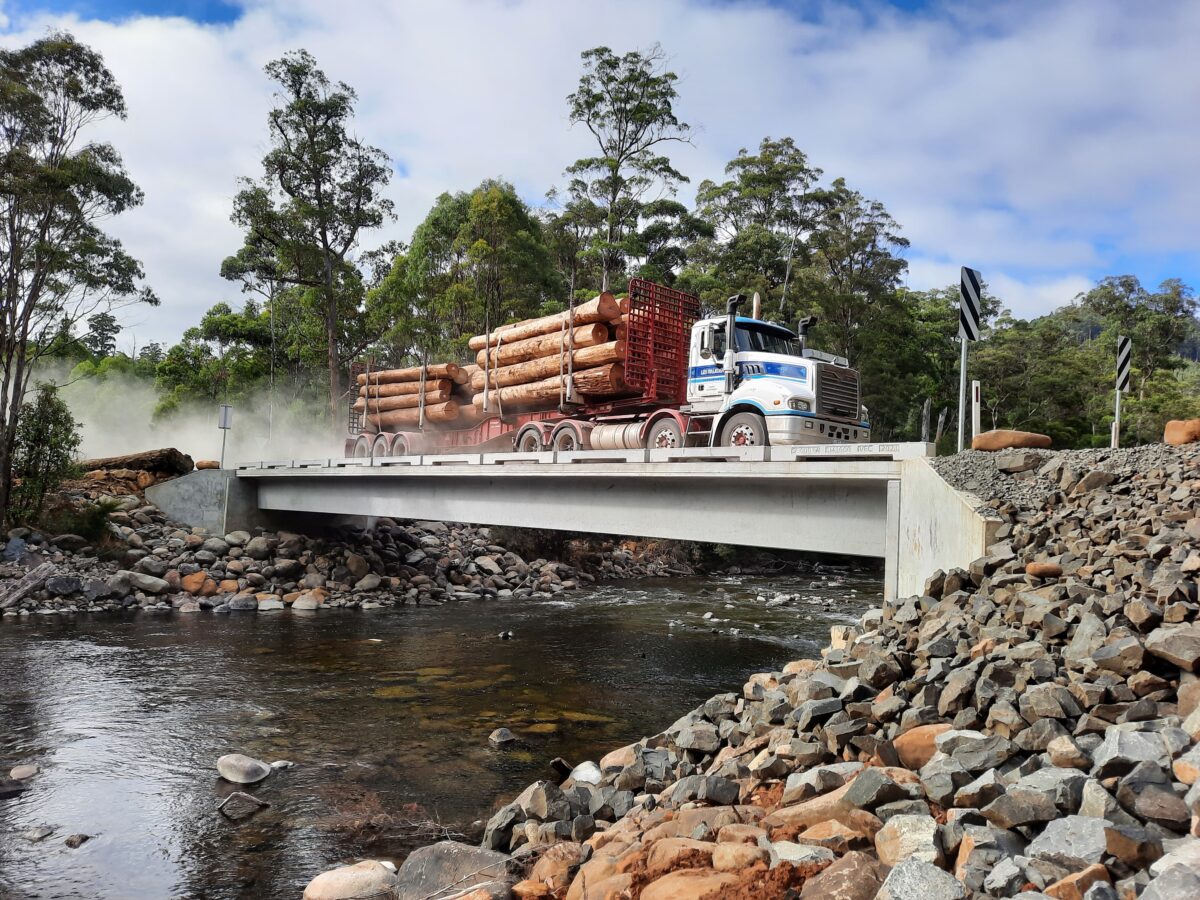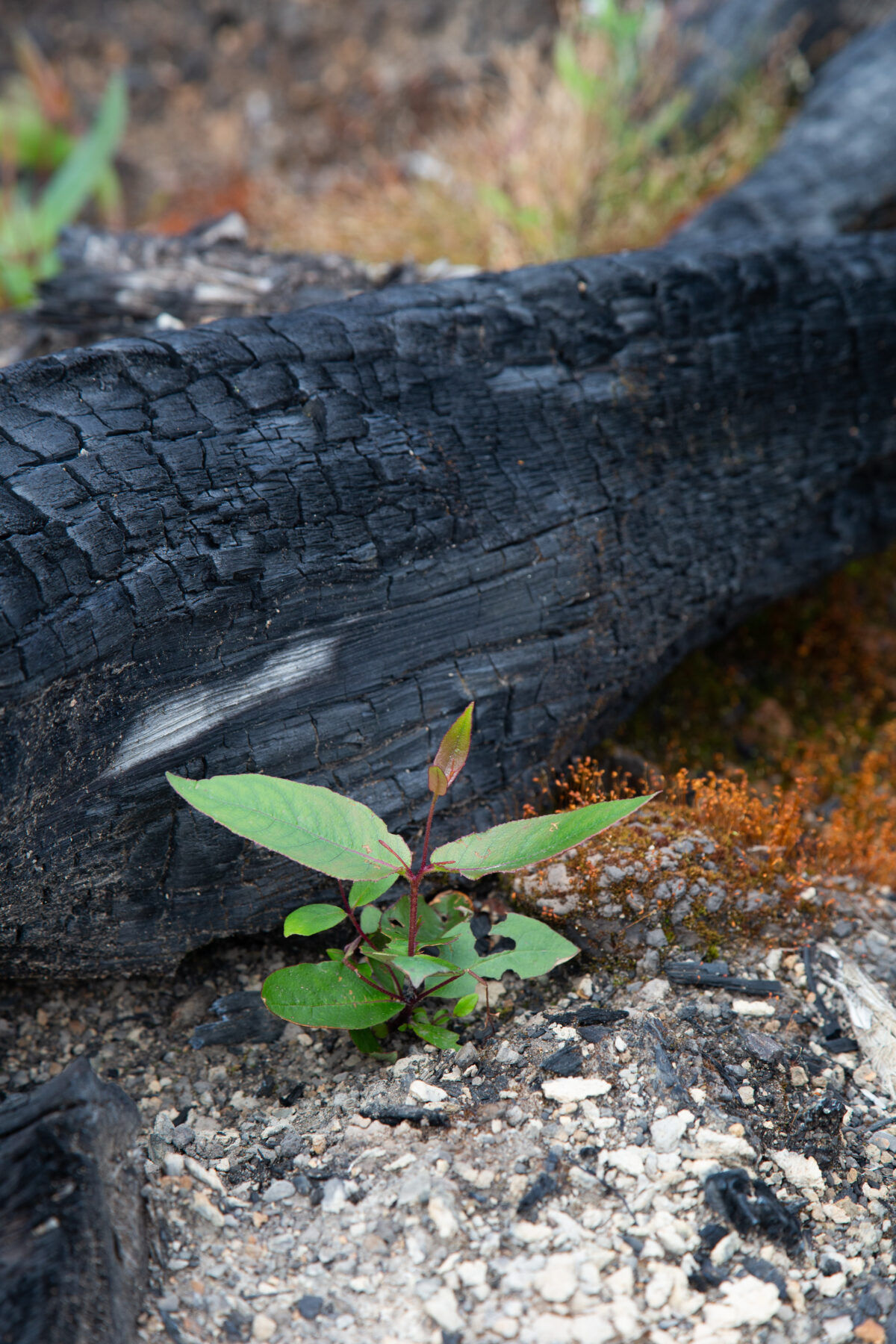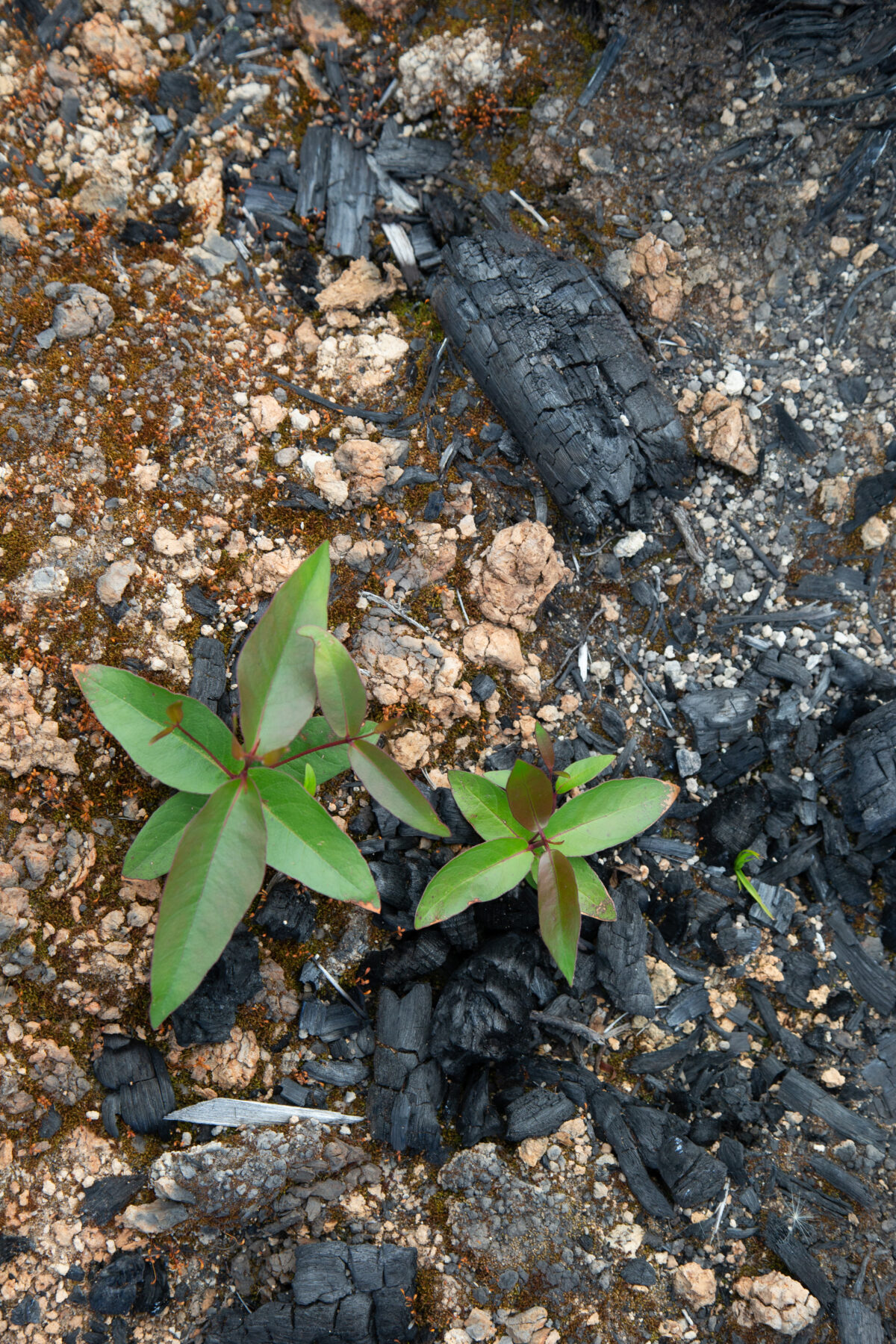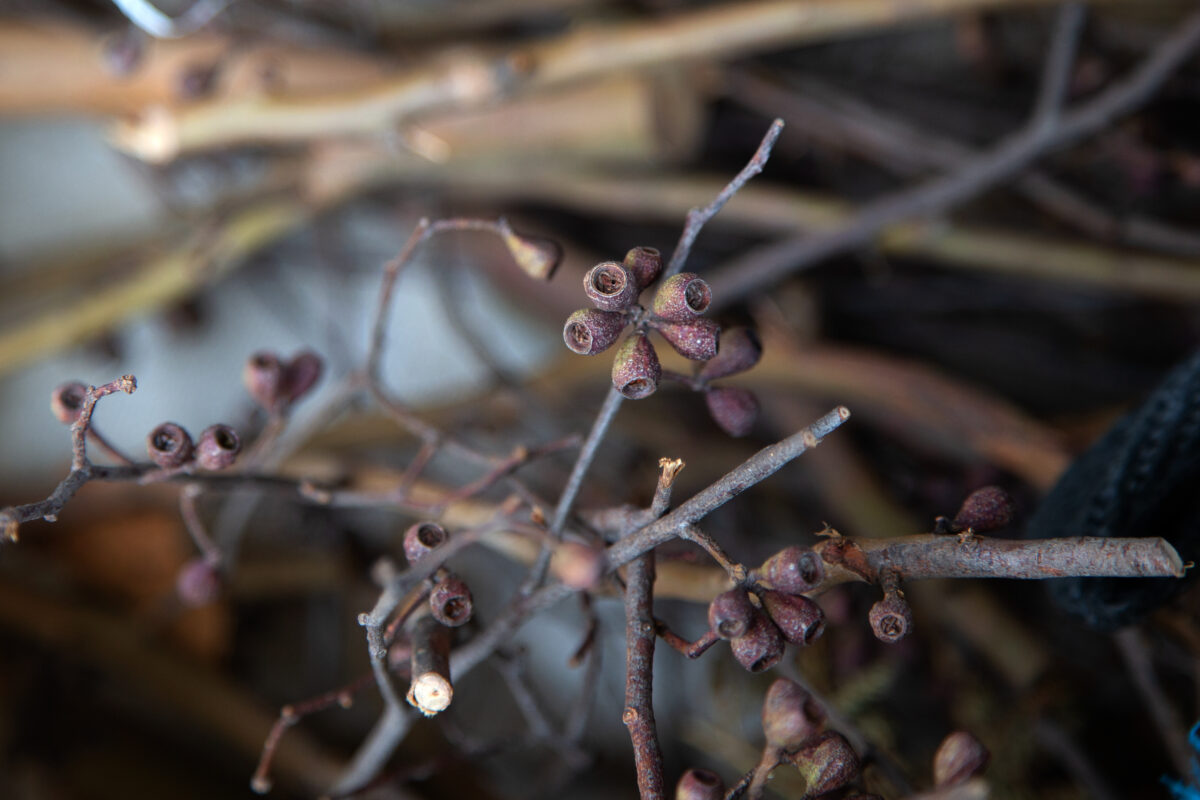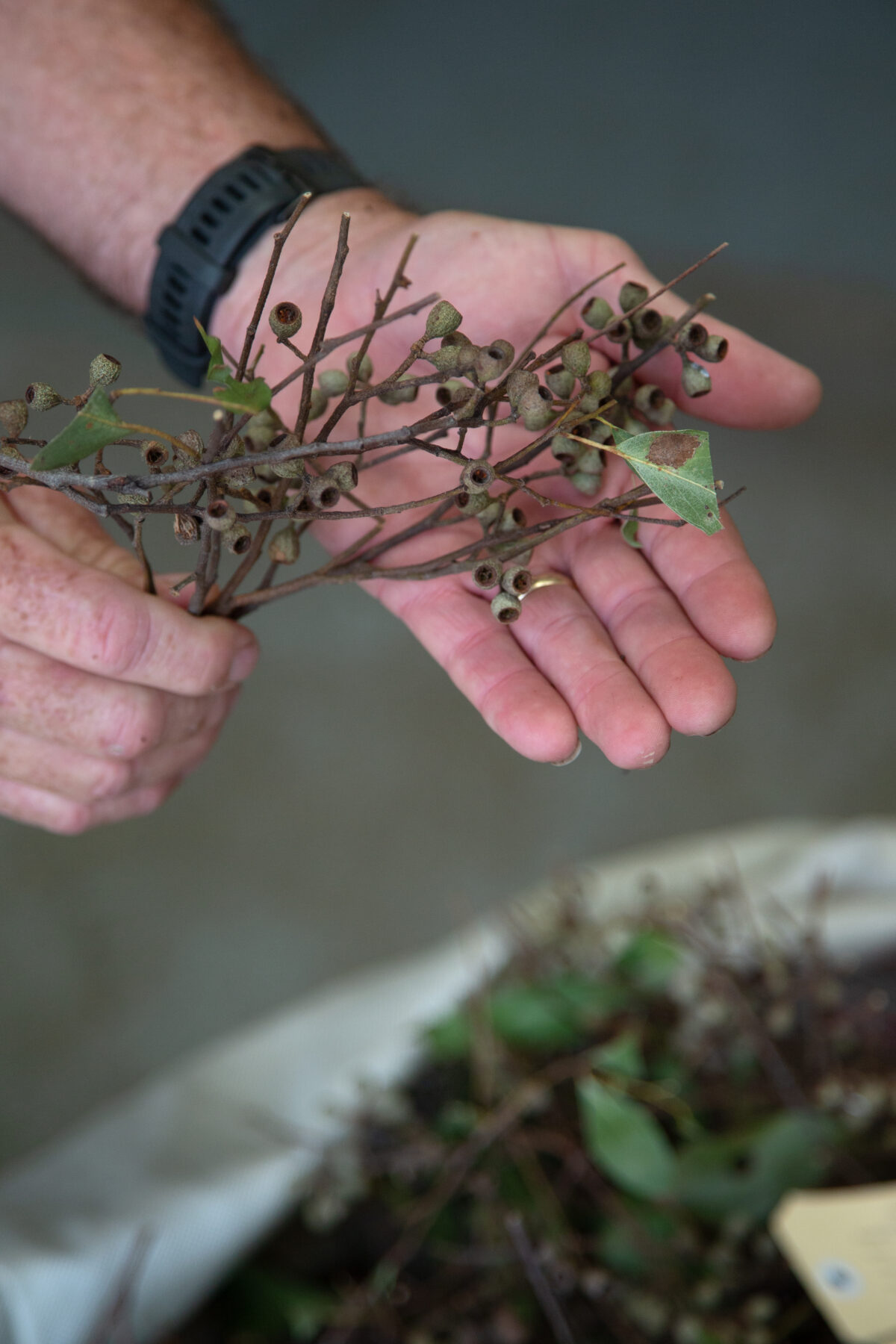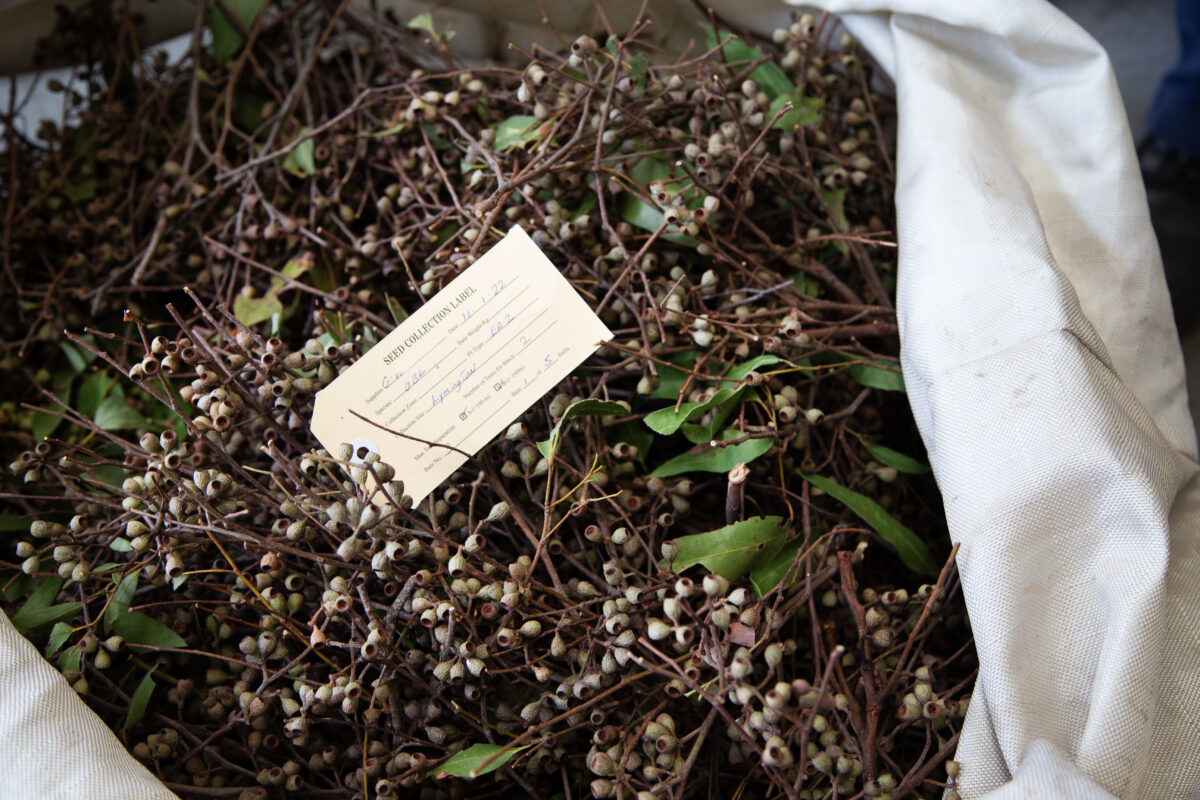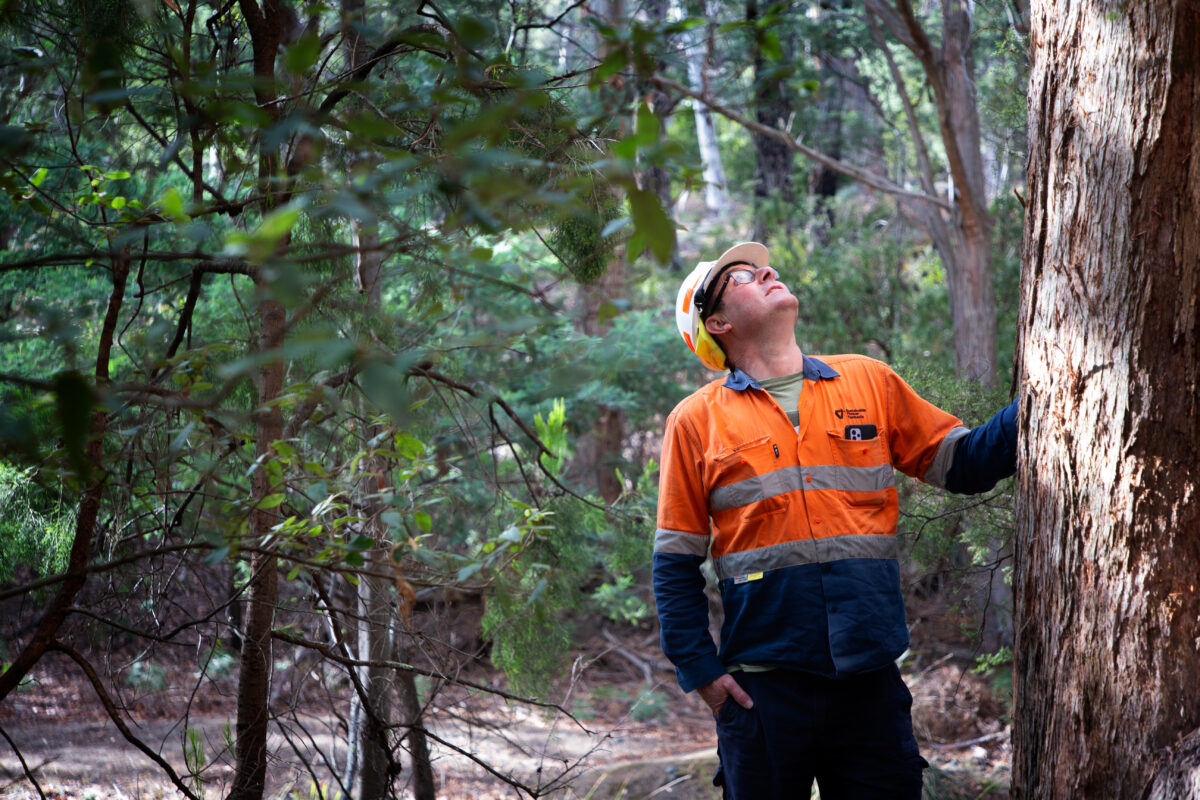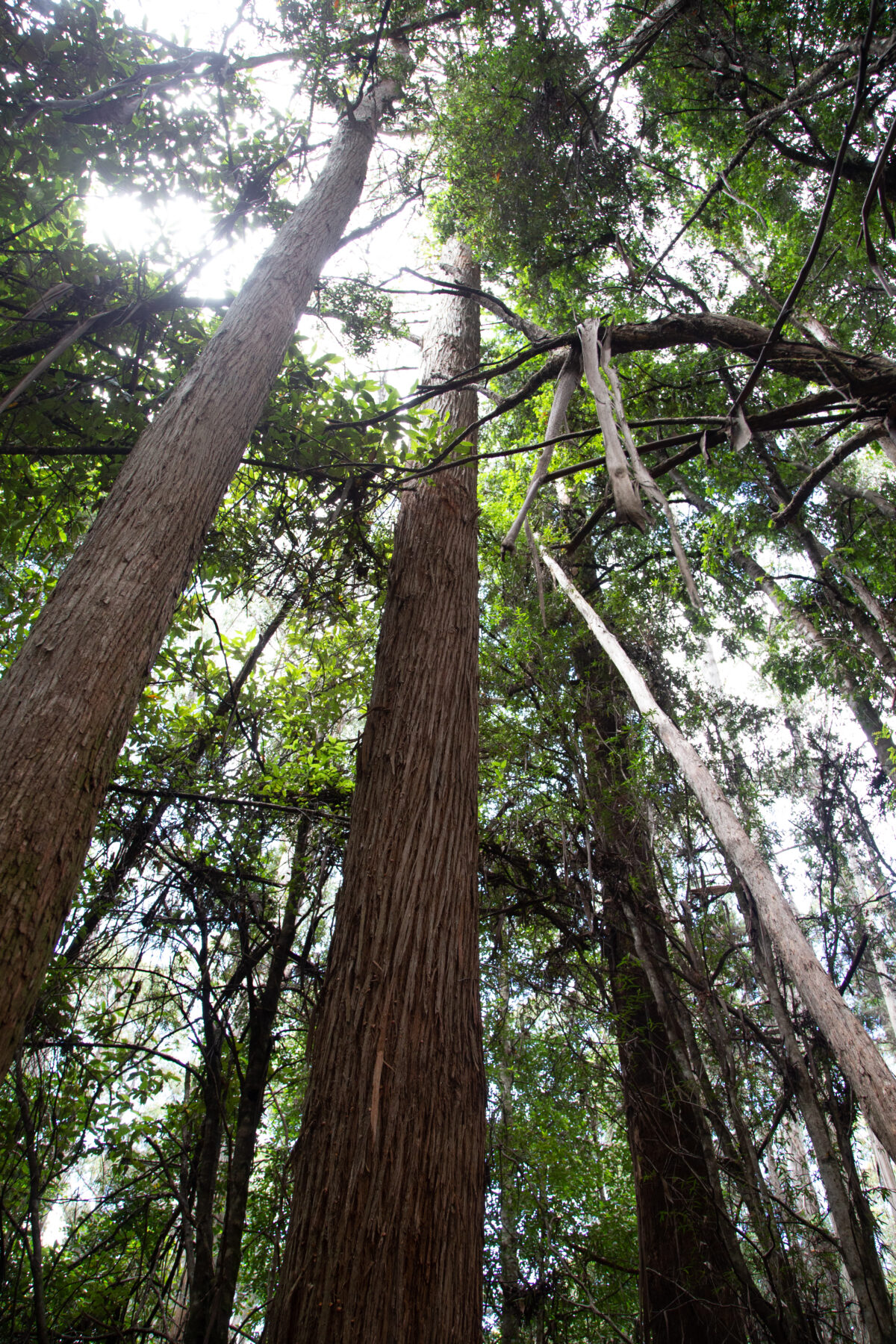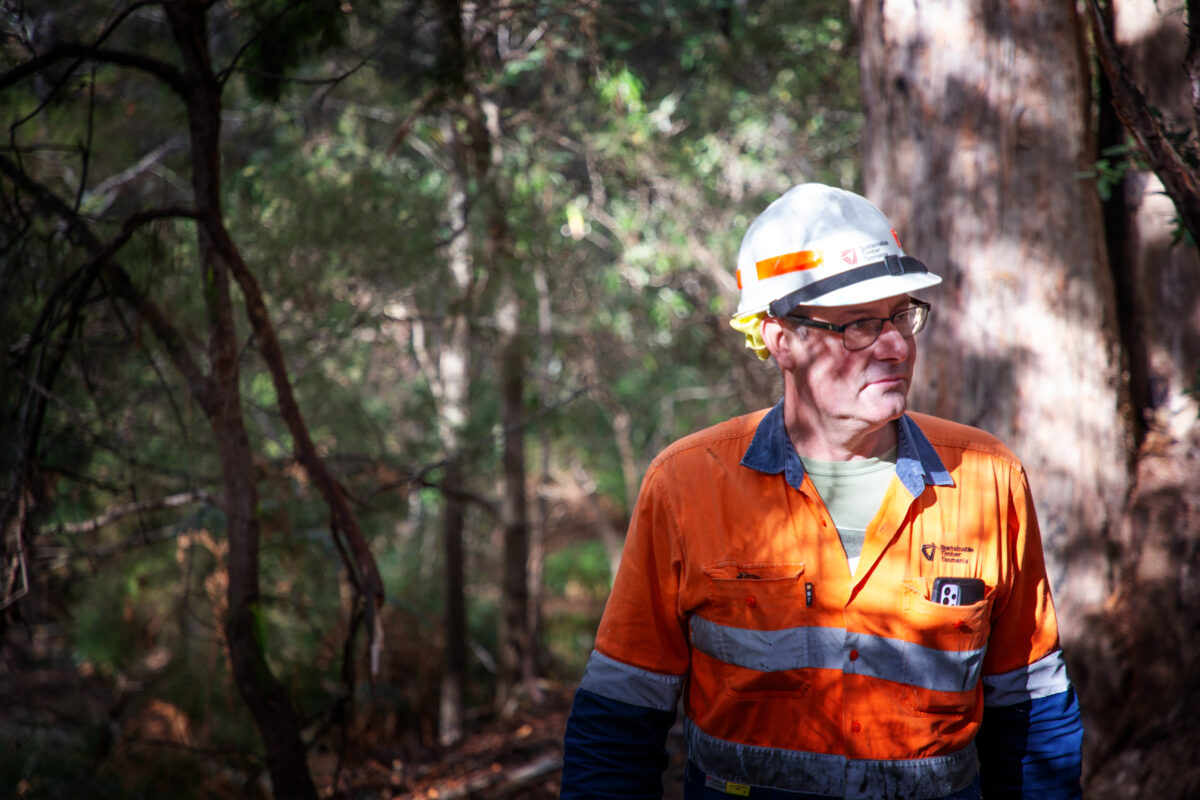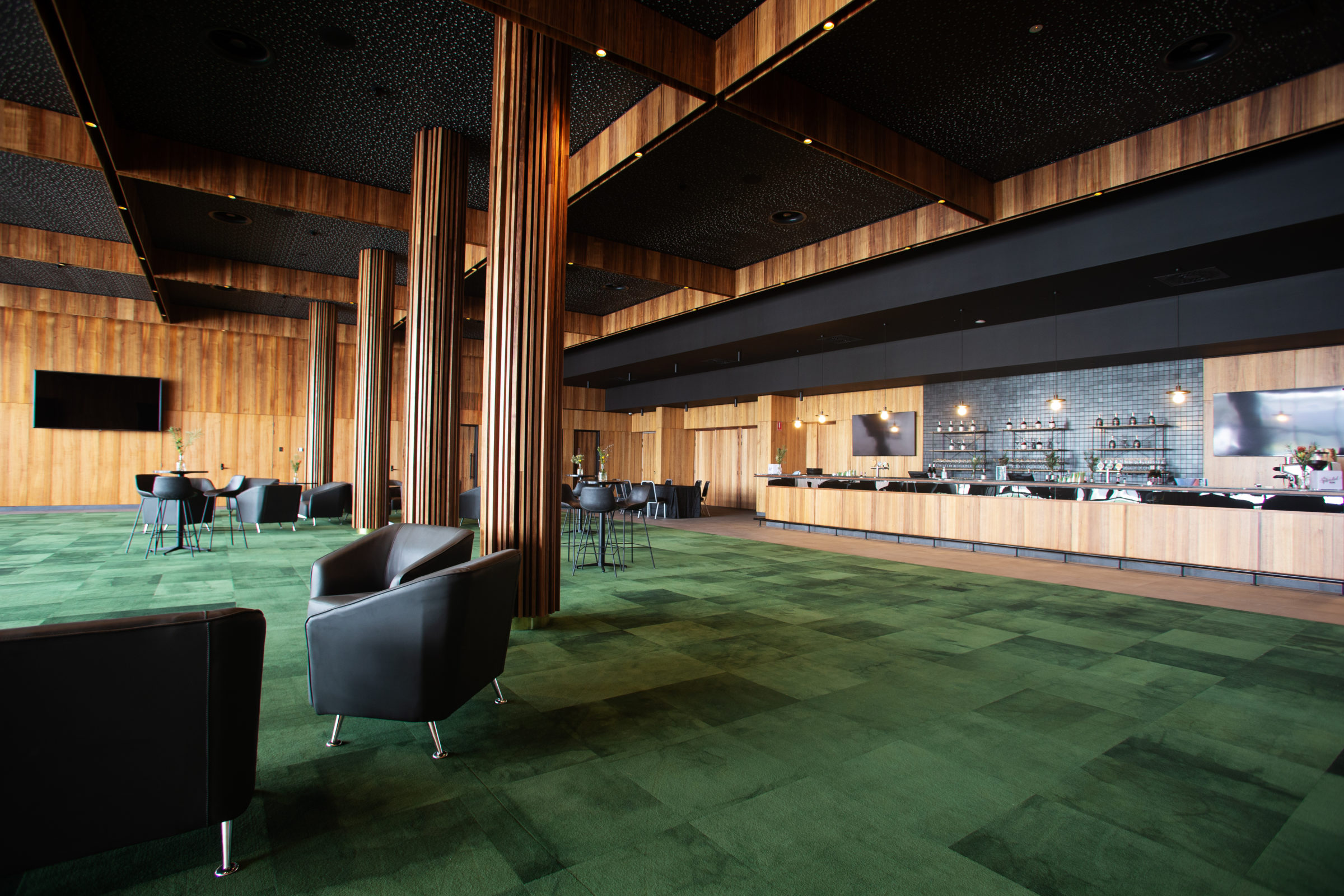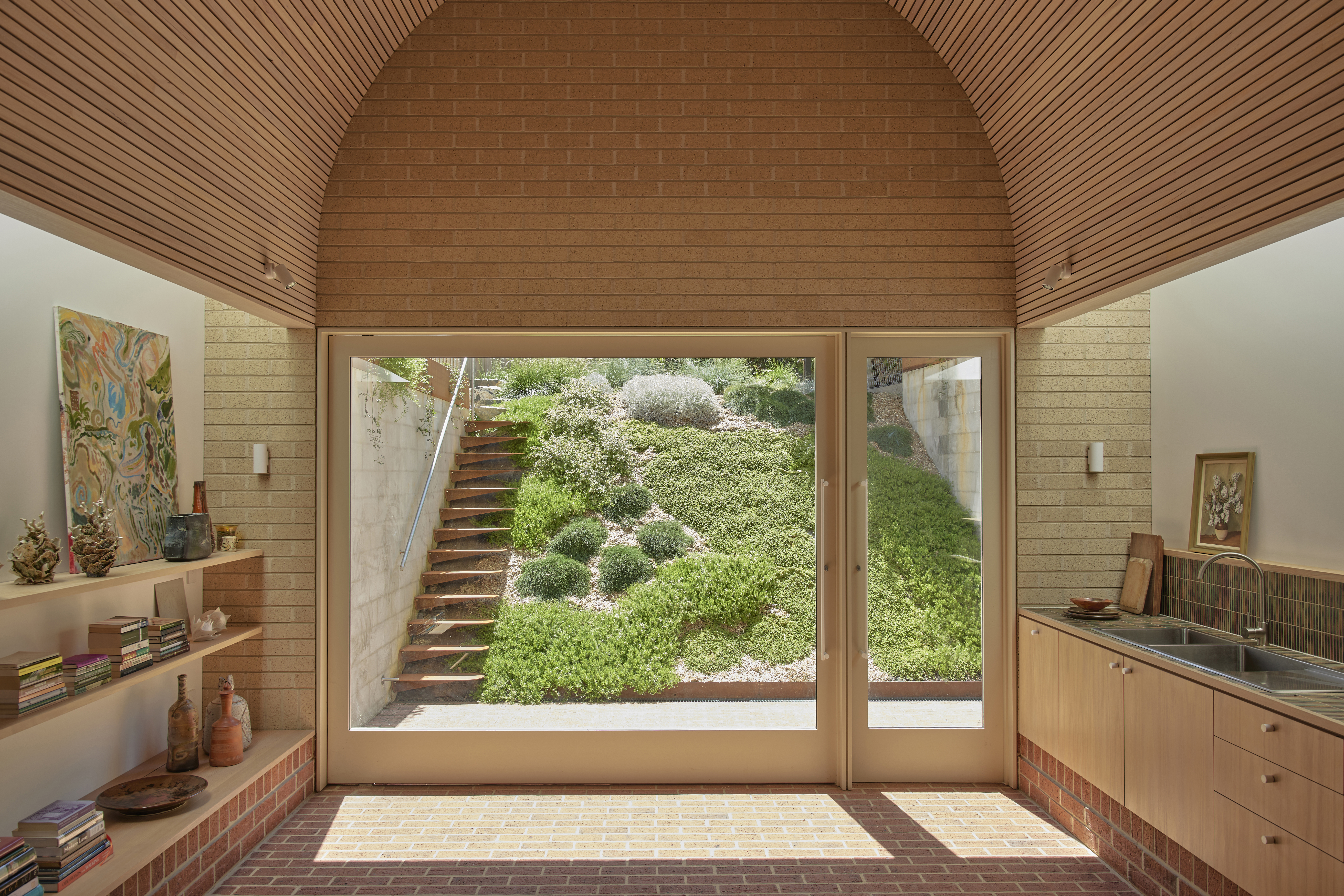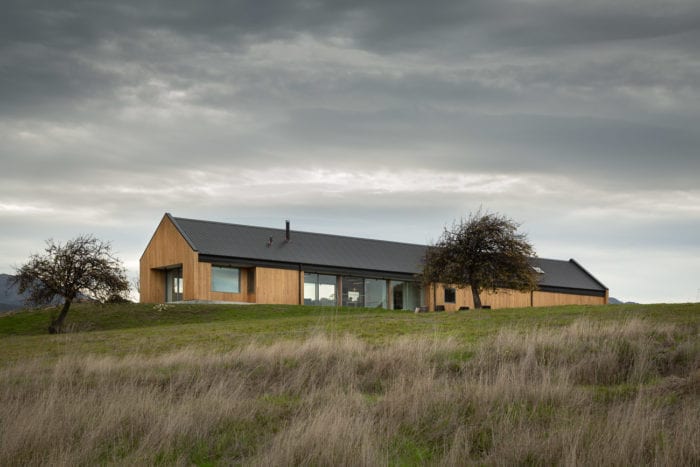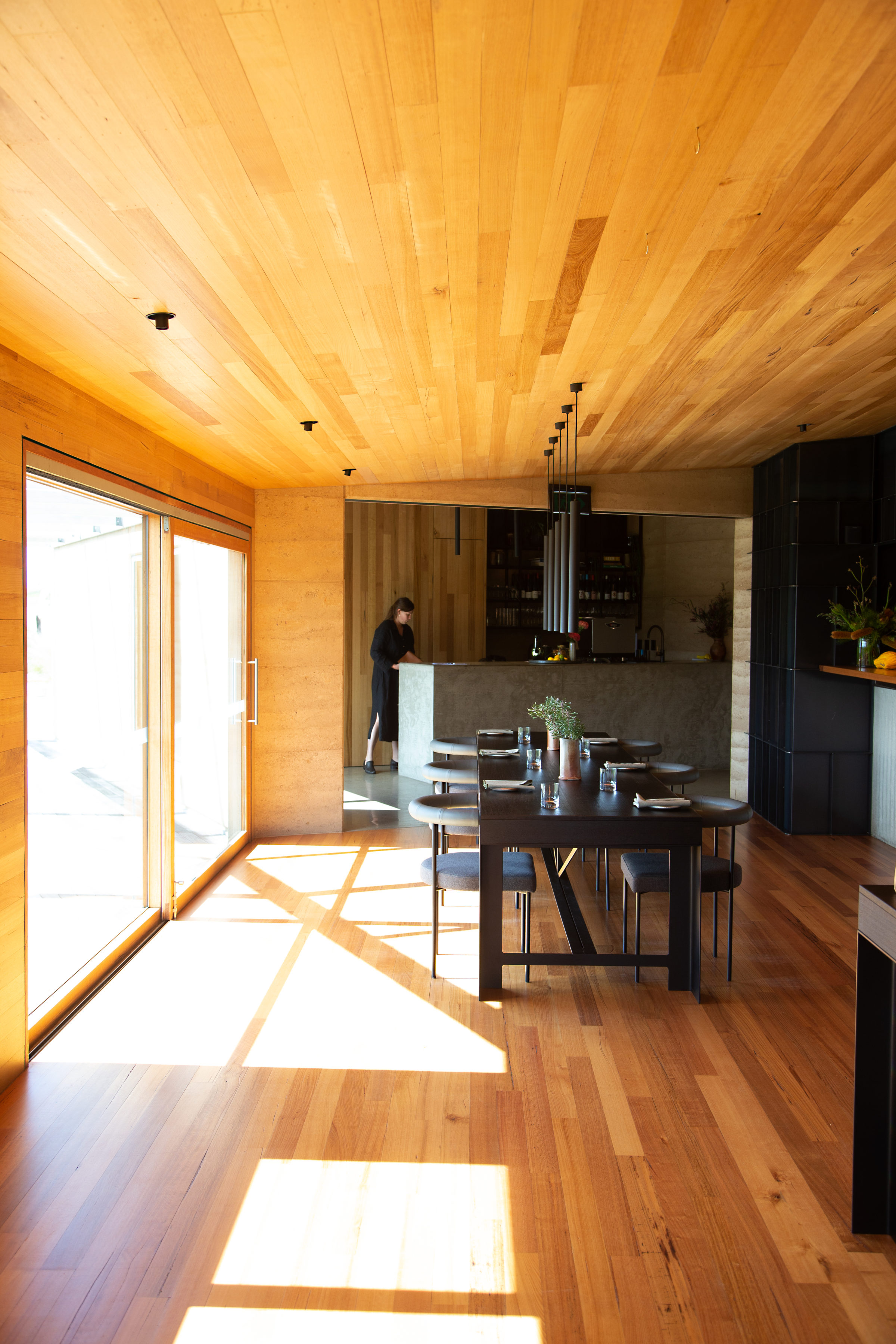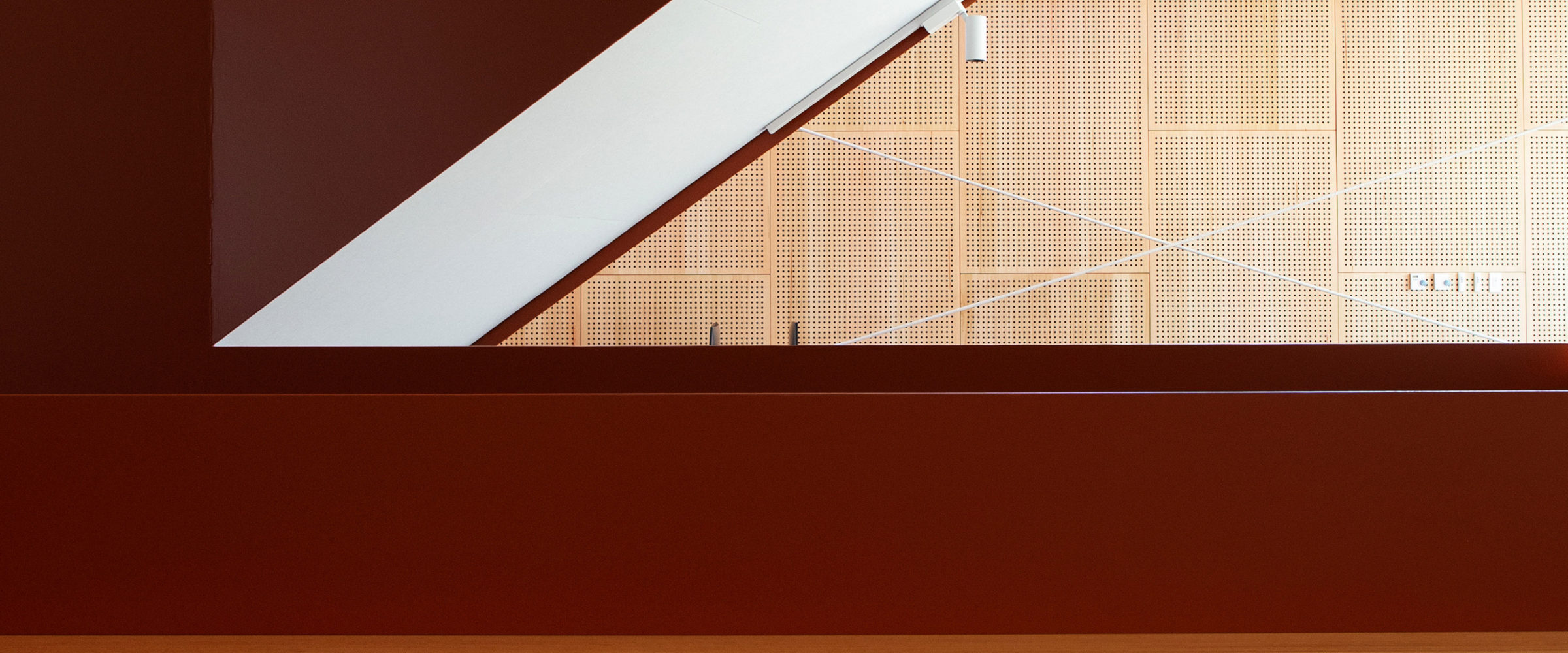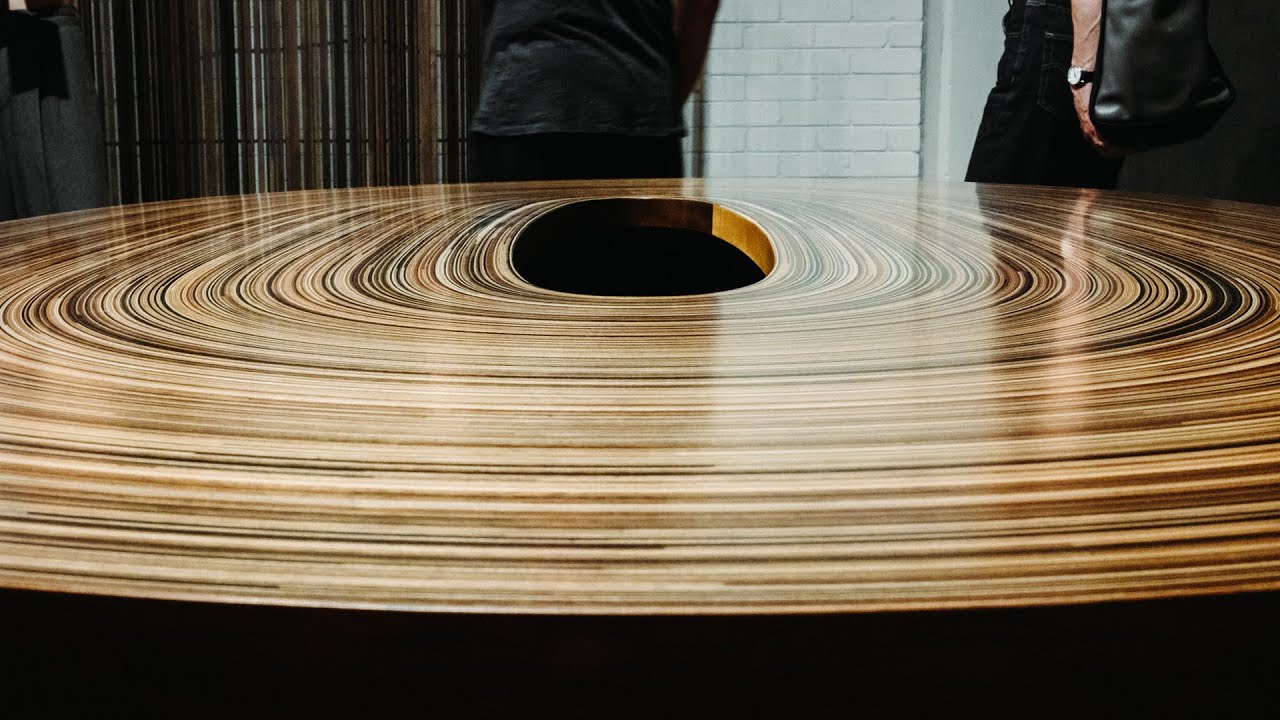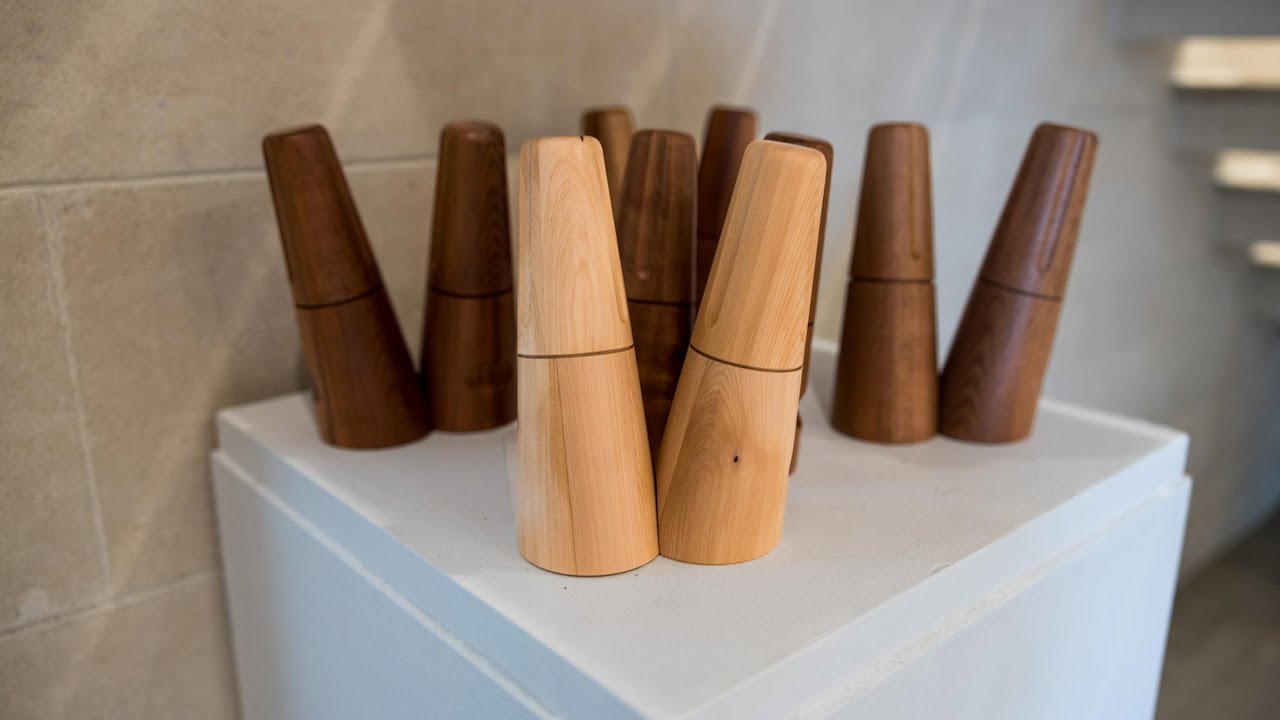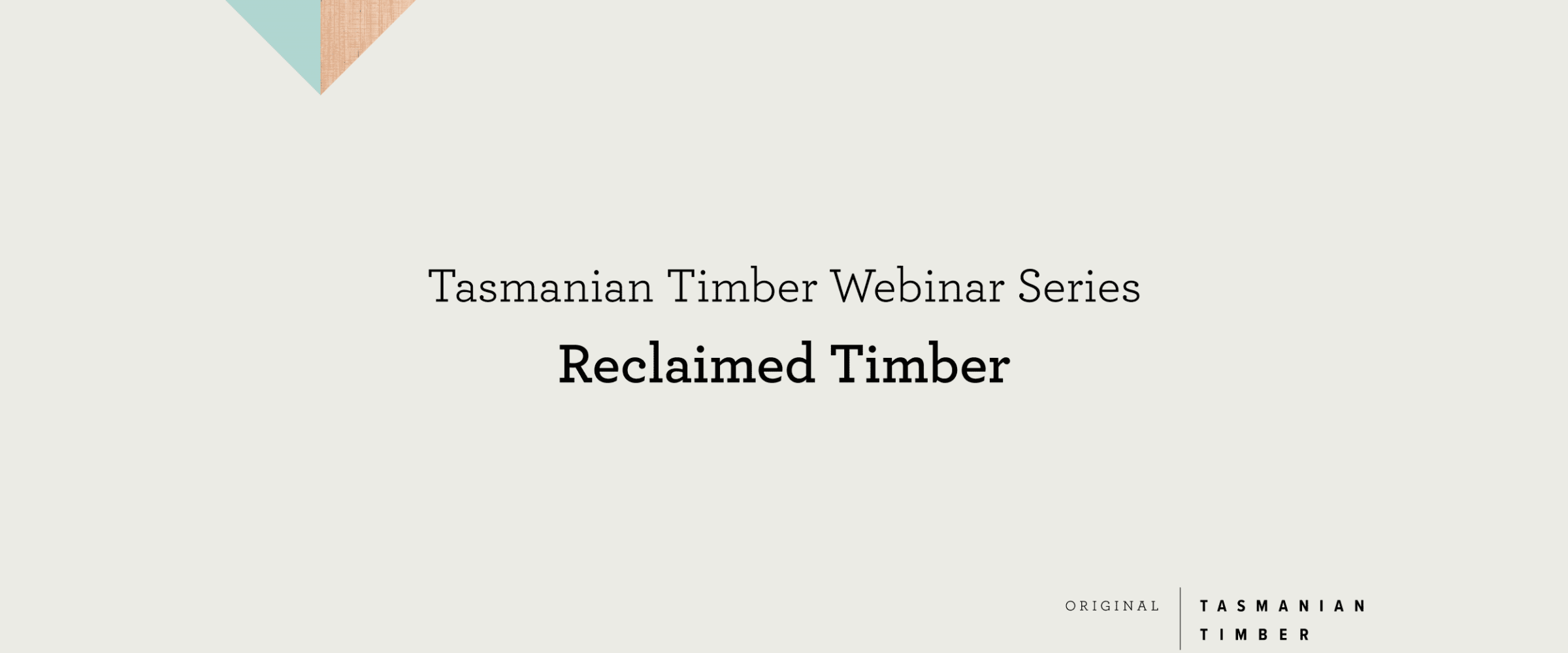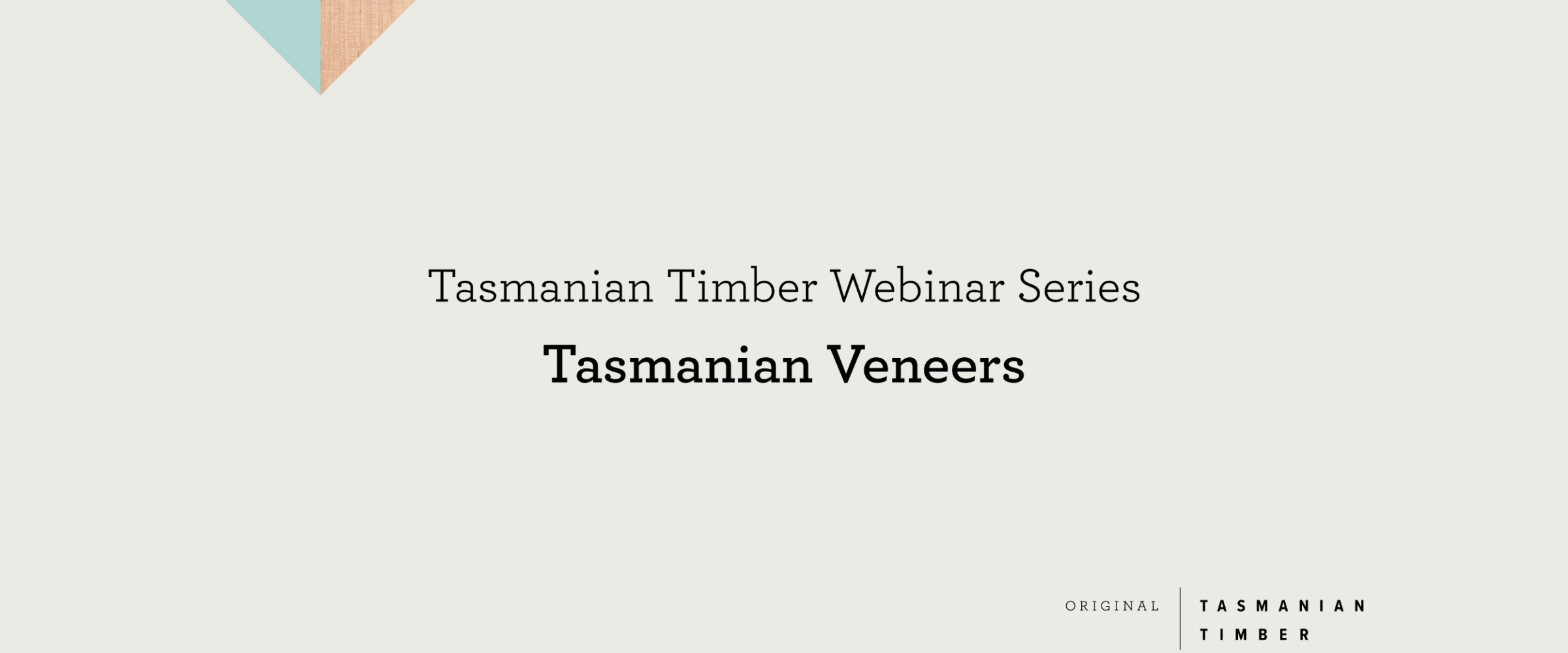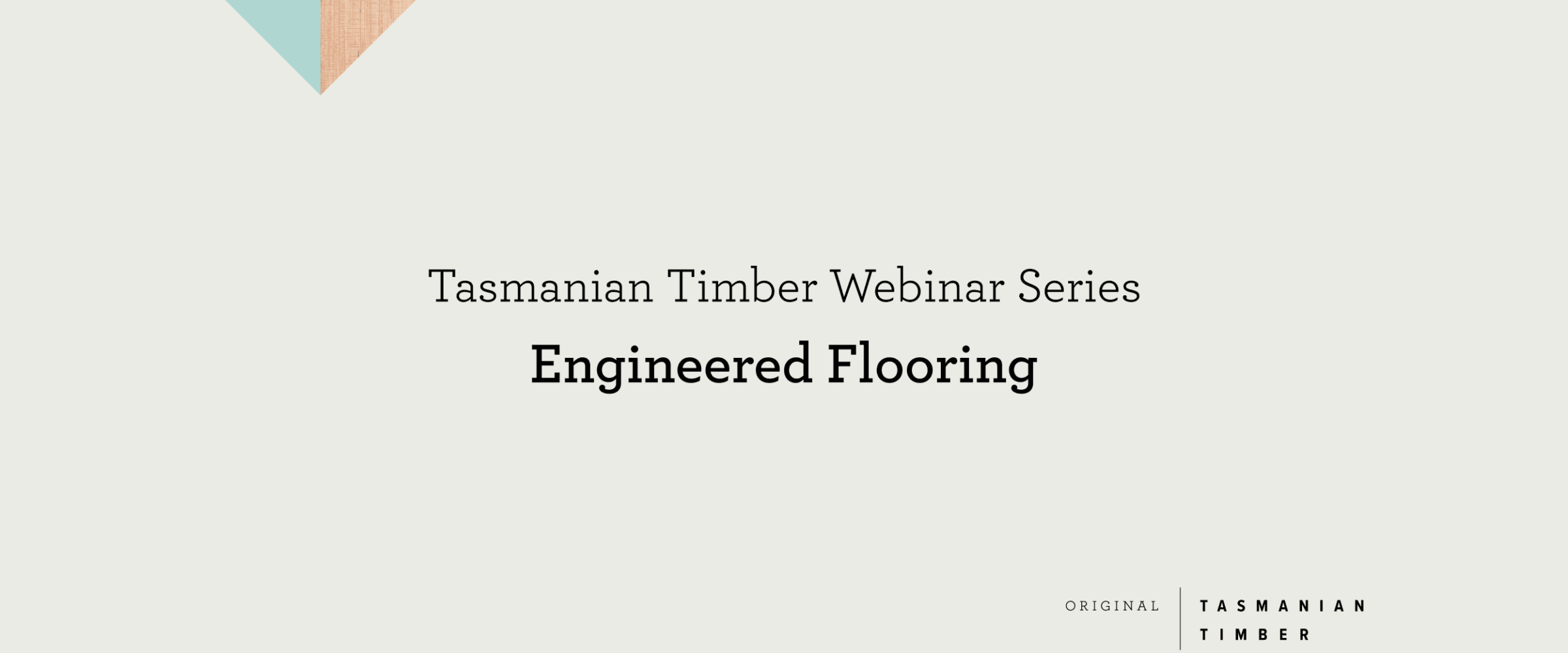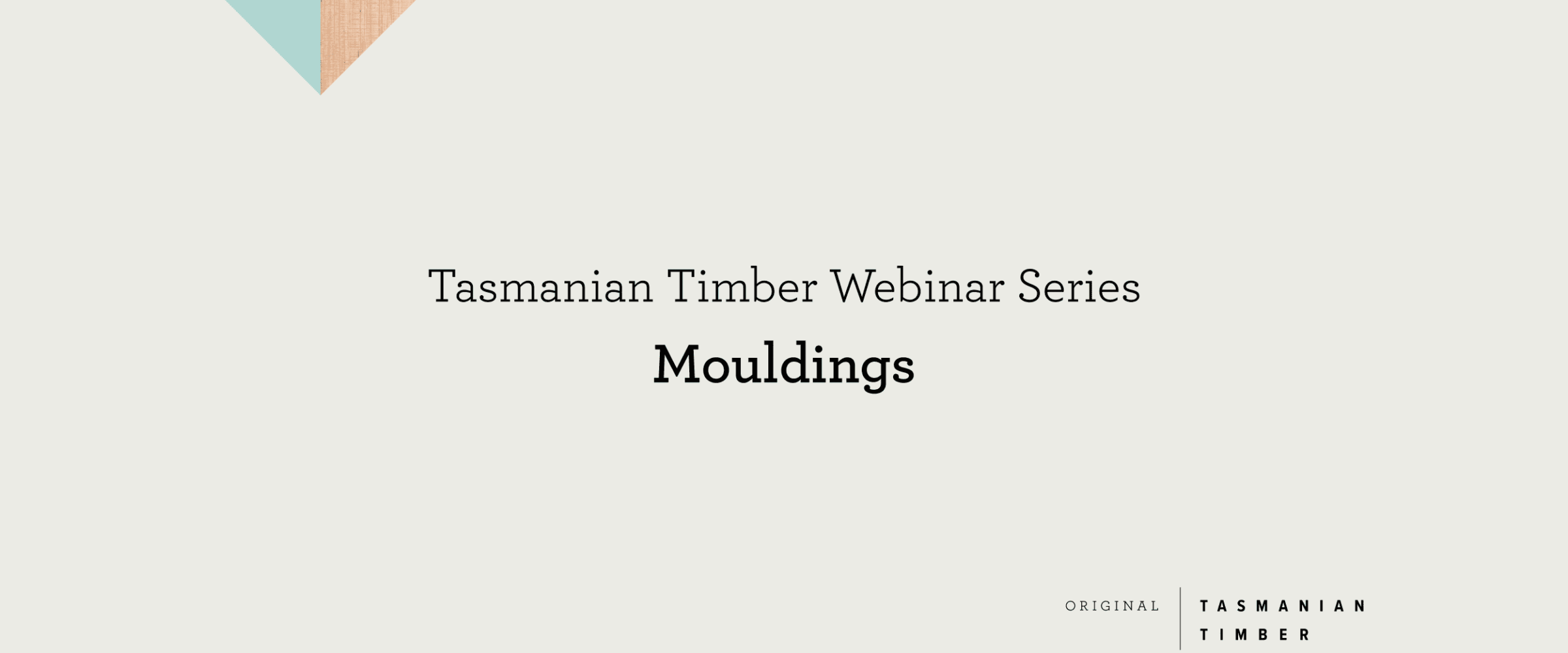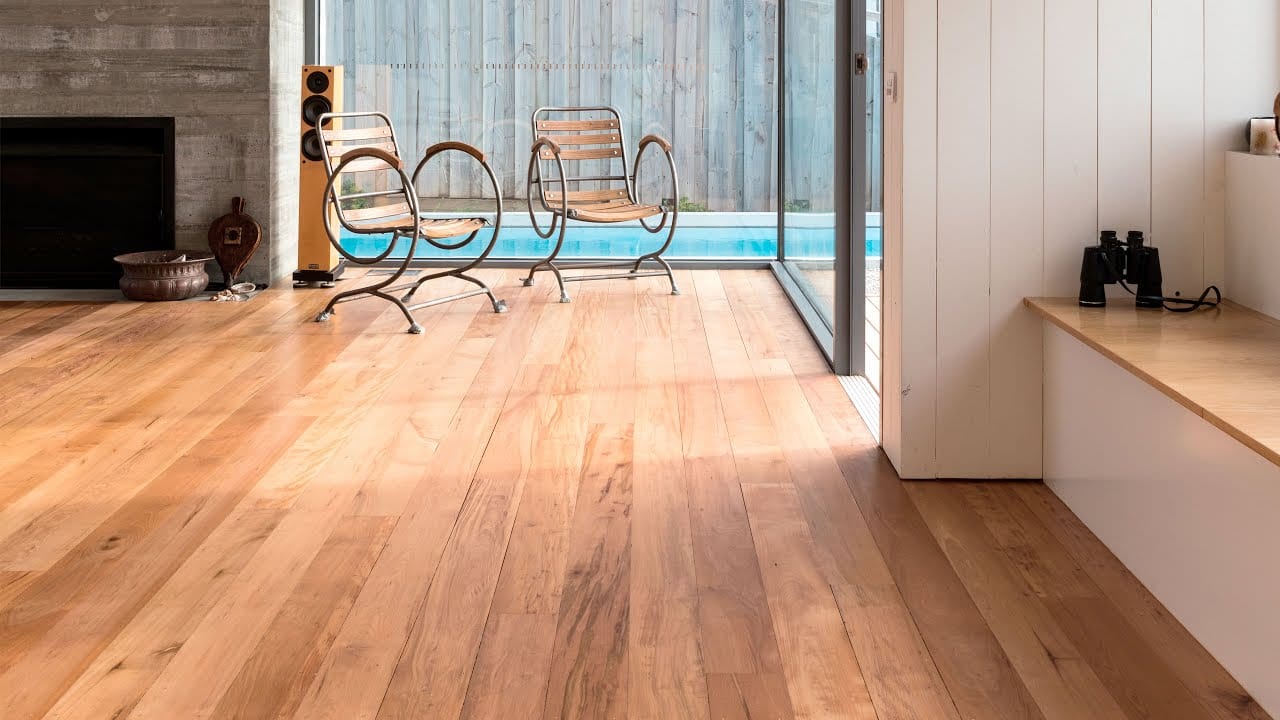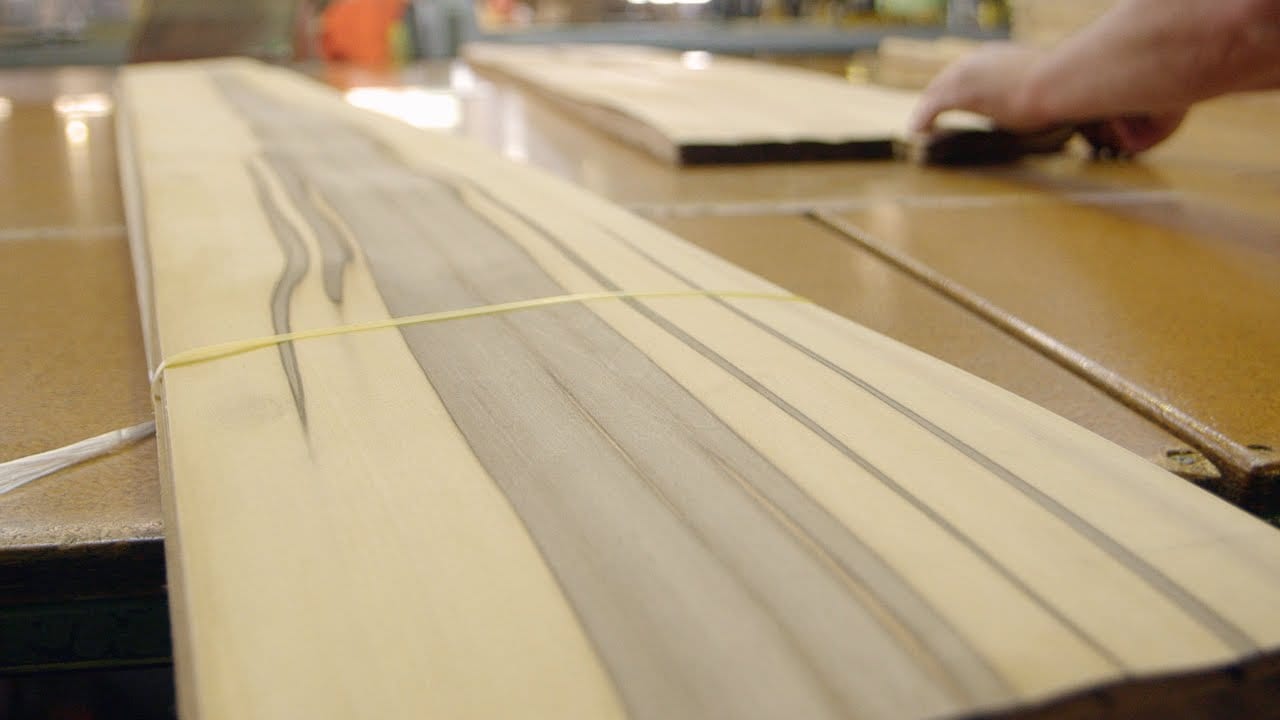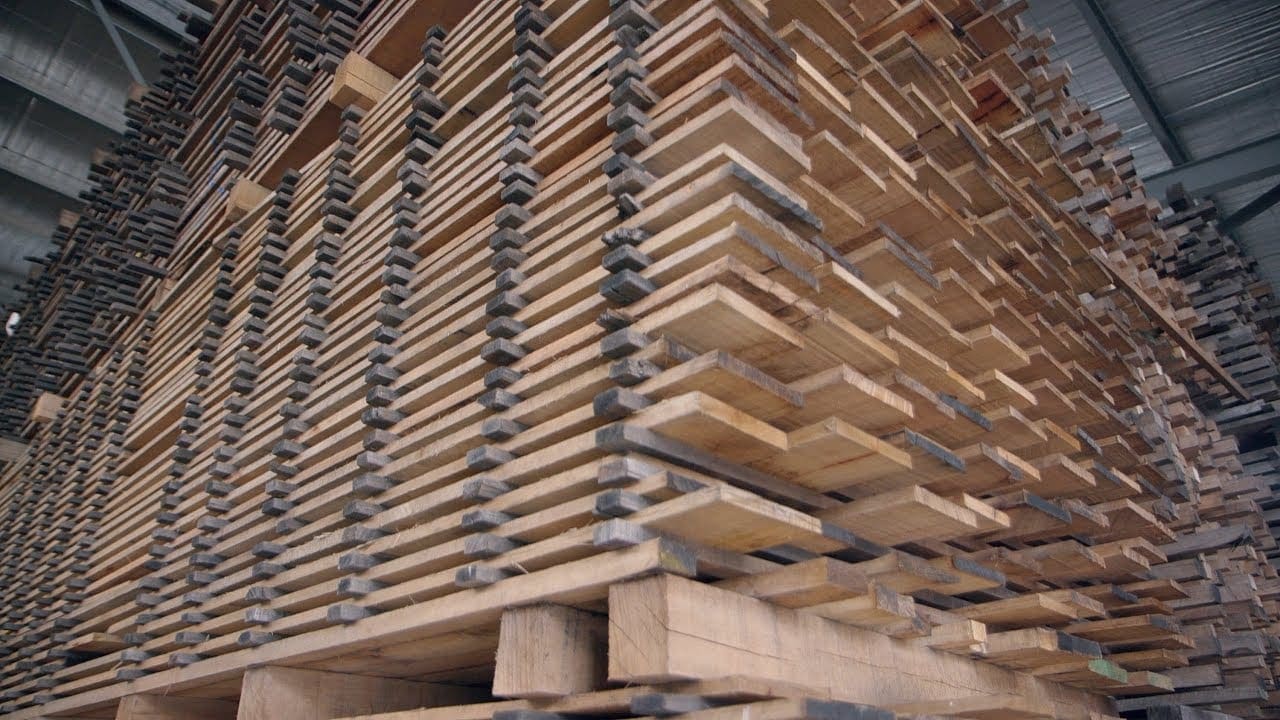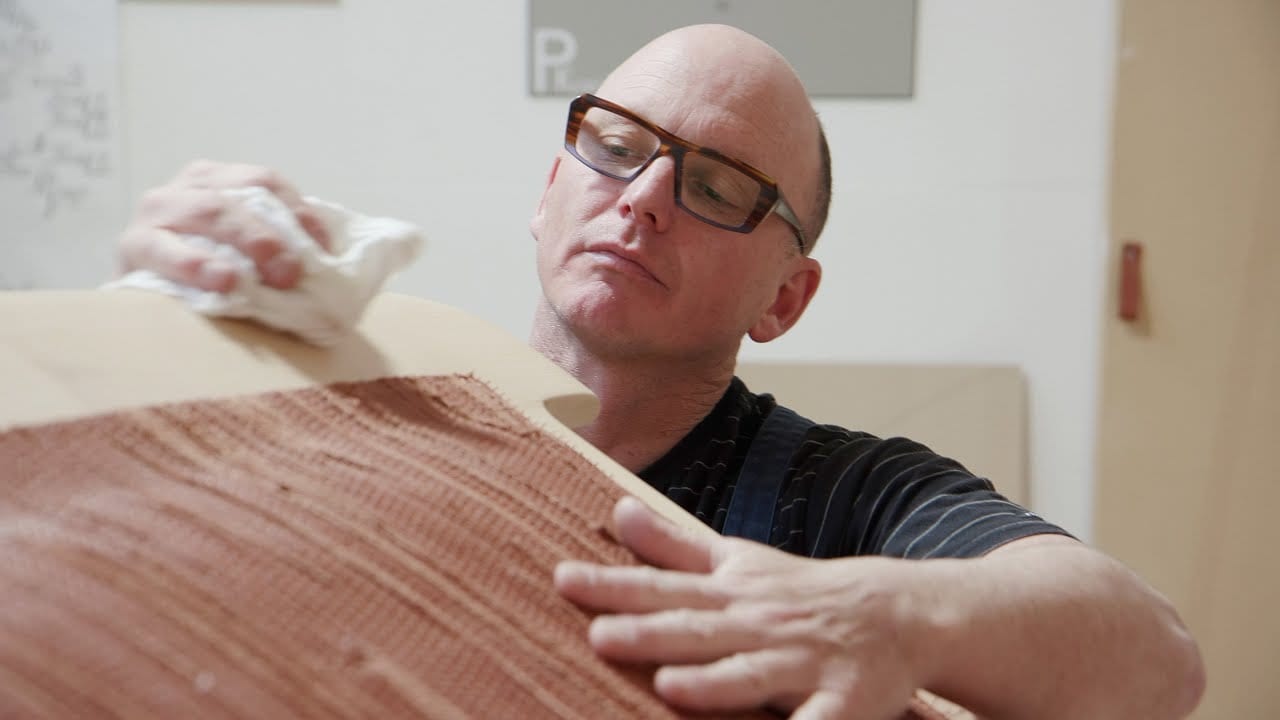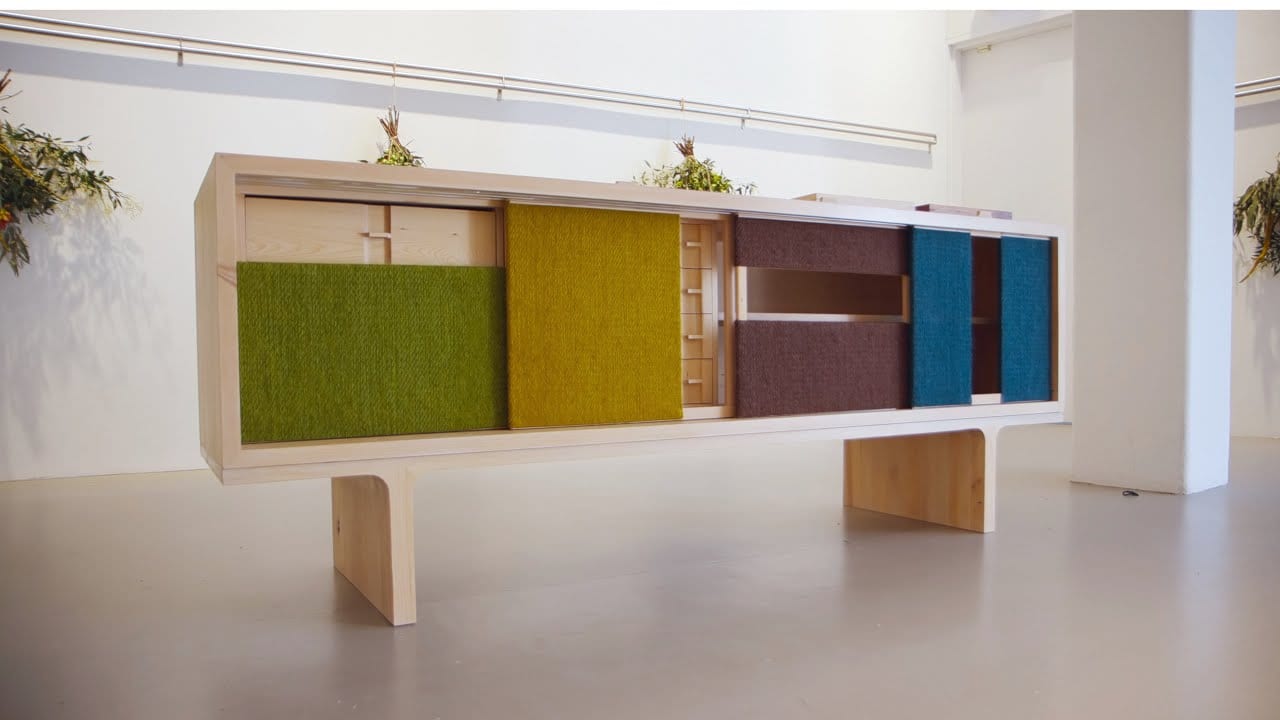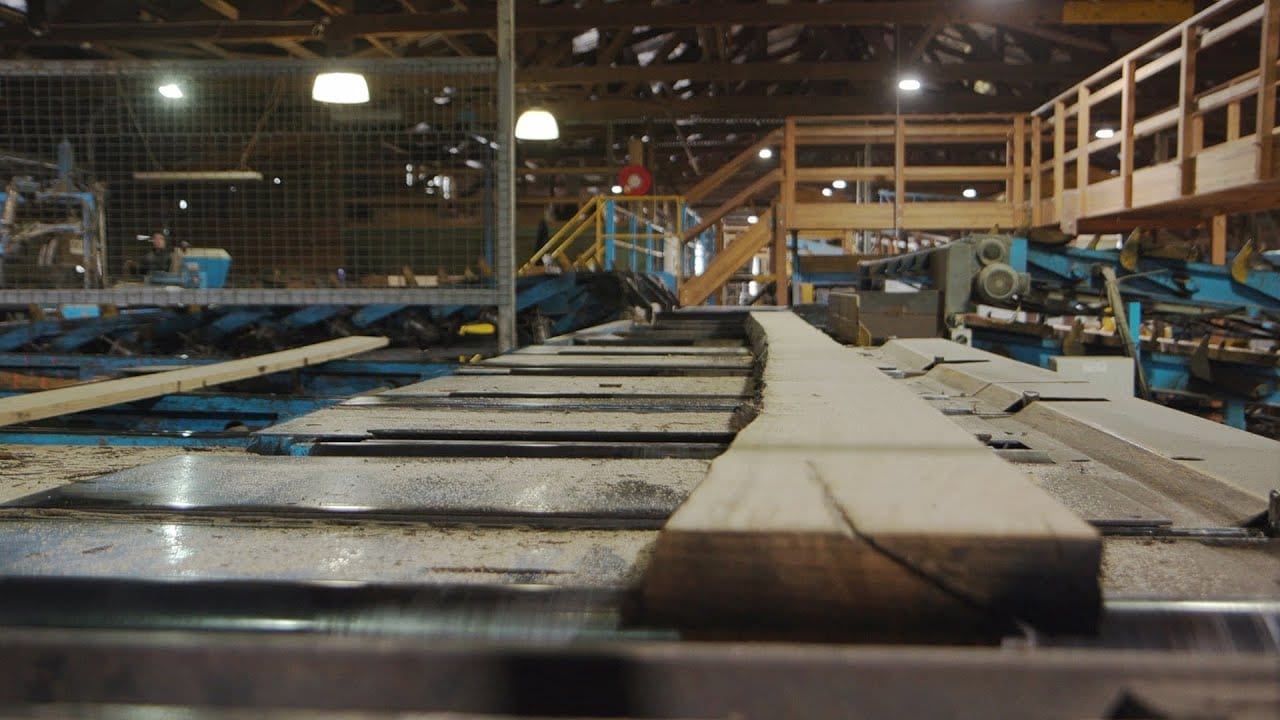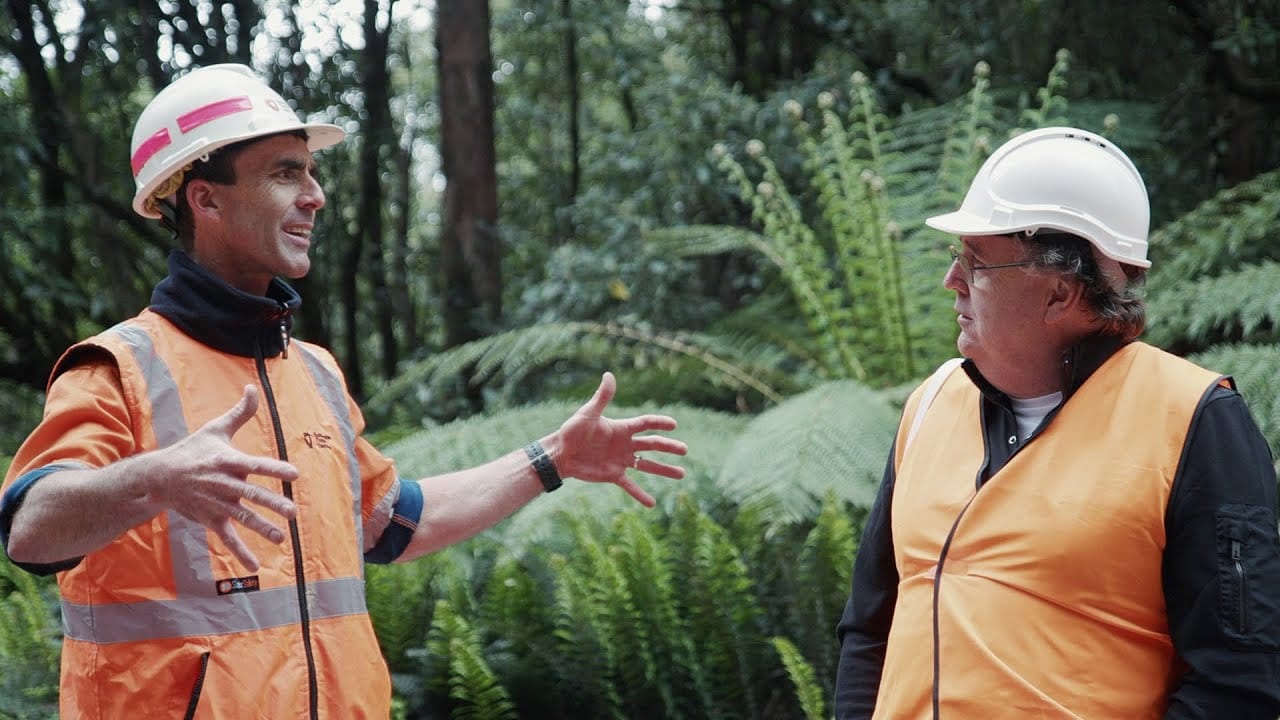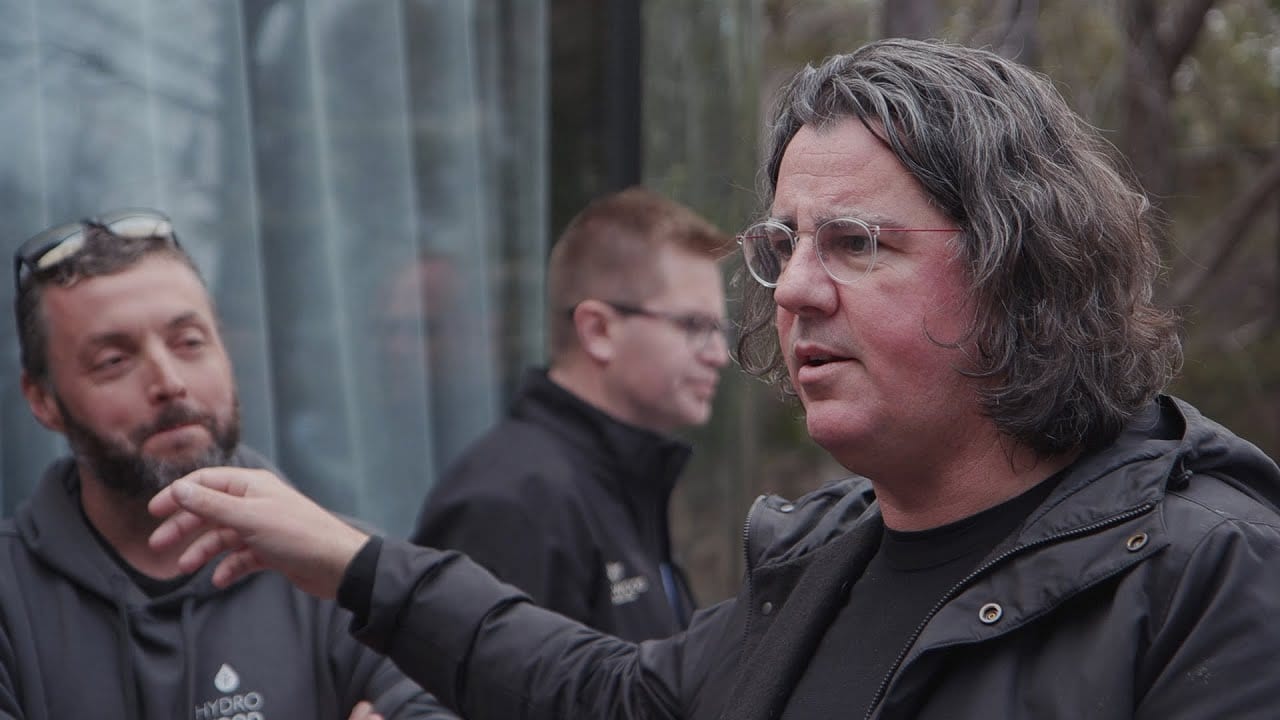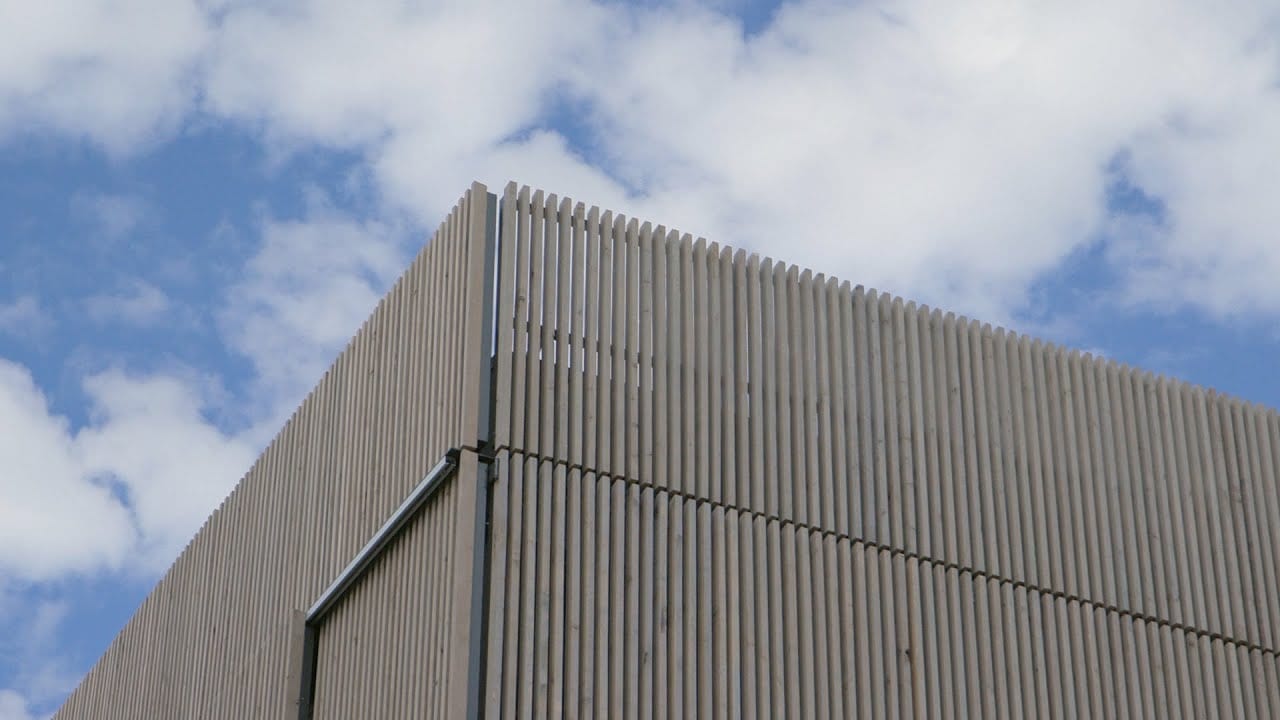‘Forestry is not rocket science. It’s ten times more complicated.’
We spoke with David White, Forest Operations Manager at Sustainable Timber Tasmania, for the Original Thinkers Podcast Supply Chain Series and asked him the big questions about Tasmania’s native forest industry. Here’s what we discovered…
Forestry in Tasmania is a complex and nuanced mix of science, sustainably and stewardship. Deeply connected with each of these principles is David White, Tasmania’s Forest Operations Manager for the southern region. Originally from Canada, David studied forestry at the University of British Columbia, going on to work as a forester on Vancouver Island before arriving to work in Tasmania’s forests 16 years ago. At Sustainable Timber Tasmania, David manages a team of highly skilled forestry experts who coordinate the short and long-term planning practices of Tasmania’s forests to ensure the forests are managed responsibly for generations to come, becoming healthier with each regeneration.
David says there’s an enormous amount involved in managing healthy and sustainable forests that is oversimplified in the media.
“My old wildlife professor used to say forestry is not rocket science. It’s ten times more complicated,” says David.
“We’re modelling over 90 to 100 years, that’s how far ahead we’re thinking and there’s an incredible amount of work before a single tree is cut or before a single piece of tape is hung,” says David.
The State of the Forests Data Report is created by the independent Forest Practices Authority for the Tasmanian Minister for Resources every 5 years. It is tabled to each of the houses of Parliament as part of the Forest Practices Act 1985. The Tasmanian Regional Forest Agreement (RFA), which was first signed in 1997, provides a framework for the sustainable management of Tasmania’s public and privately owned forests. The RFA seeks to balance the economic, social and environmental demands on Tasmania’s forests.
The 2022 report listed that:
- In 1750, Tasmania had an estimated 4.822 million hectares (ha) of native forest, of which 63.2% remained in 2021.
- The current extent of native forest is 94.9% of the area that was first reliably reported in 1996.
- Almost all (99%) of the wilderness identified as high-quality under the RFA is protected within the CAR reserve system. This is an increase of 261,600 ha since 1996.
Regeneration: mimicking the forests natural processes
Amidst the intricacies of Tasmania’s forestry practices, effective regeneration is vital, ensuring the perpetual renewal of its landscapes. From the meticulous harvesting of seeds to the creation of a nutrient rich ash-bed, each facet of regeneration contributes to the enduring vitality of Tasmania’s forests, echoing the ancient rhythms of nature herself. Dispelling misconceptions and revealing the nuanced science behind regeneration burning, David unveils the complex balance between producing timber for the development of society while protecting our natural ecosystems.
“Following harvesting, there’s regeneration because we do not deforest”, explains David.
Foresters manage forests by regrowing the trees that were originally on the site along with the lush forest understory. This is done by mimicking the natural forest processes. One of those processes, and the most contentious one, is burning.
“Regeneration burning is based on science. Studies were conducted in Tasmanian in Maydena in the 1950s and 60s to determine the best way to regenerate a healthy forest. It has since become the tried-and-true method because our forests have evolved to regenerate best this way.” says David.
The Studies on Problems of Eucalyptus Regnan in Tasmania by K.W.Cremer. Master of Science Thesis, University of Tasmania 1964 “..the existence of any individual stand of mixed forest must be explained by fire. Eucalypts do not invade or regenerate in an unburnt rain forest except as a result of disturbance by the axe or perhaps under conditions of extreme exposure…”
David explained that the regeneration process today is not a carbon copy of a natural process, but it mimics the natural process very well.
“The misconception that once you burn it, that’s it, the forest is gone, simply isn’t true. There’s a whole set of natural [regeneration] processes that have evolved over millennia. Eucalypt forest burns from time to time and it burns incredibly hot, and it’s been doing this long before anybody was doing forestry,” says David.
“If you imagine a wildfire event when the fire races through, it burns hot and creates a significant ash bed on the forest floor,” says David.
“As the fire burns, the Eucalypts release their seeds. The seed, in a perfect world, goes into the ash bed. Rain comes a little bit later and encapsulates the seed in an ash coating of nutrients and then in the spring they sprout and grow,” says David.
“During wildfires, you can actually feel the seed raining down on your hard hat.”
To replicate this process for regenerative forestry, seed is collected from the forest before harvest, preferably from the coupe itself, in the same proportions as the species that exist there currently.
“This is part of the planning exercise”, says David, “identifying the communities and the ratios of the different species, and it can be very simple or very complicated,” explains David.
The seed is then spread onto the ash bed after the regeneration burn while the ground is still warm.
In 2022/2023 STT conducted harvesting on 1% of their land. Of the 6,000 hectares of native forest harvested to generate forest products, 77% of operations were completed using partial harvest methods. STT actively regenerated more than 5,800 hectares of previously harvested forest sowing 186 million seeds. (STT) The other 200 ha will be regenerated in the next regeneration cycle.
Sustainable Timber Tasmania (STT) collected a total of 5,792 kg of native tree seed during the last reporting period from 1 July 2016 to 30 June 2021 (State of the Forest Data Report).
Wildlife preservation
In Tasmania’s forestry management system, a profound awareness of the forest’s inhabitants intertwines with scientific precision and adaptive strategies. With a keen eye on ecological balance, Sustainable Timber Tasmania invests significantly in monitoring wildlife, allocating substantial resources to aerial surveys and data collection. This commitment to understanding and preserving ecosystems extends well beyond timber production.
“We manage our forests for all users of the forest. The reason there are so many known eagle nests on PTPZL (permanent timber production zone land), for example, is because we spend more than $200,000 a year on helicopters, searching for eagle nests, and following up to see whether they’re active or not. We have an incredible data set on PTPZL about what eagles are up to, and we manage those data sets,” says David.
The most recent estimate of the wedge-tailed eagle population is 1,000 to 1,500 birds (DPIPWE, Threatened Species Section, 2006), which has remained stable for the for the reporting period of 2016 – 2021 . The Forest Practices Act 1985 has incorporated provisions for eagles nest protection, including the capacity to informally reserve areas containing the identified Tasmanian Wedge-tailed eagles nests (>10 hectares).
“The other point to make is we adaptively manage, so what we did 10 years ago isn’t what we’re doing now. We respond to science,” says David.
“A classic [example] right now is the swift parrot, and masked owl. We retain habitat within the coupe with mature elements that are valuable to some of these species, and by that, I mean hollows or potential food sources,” says David.
In 2017, STT’s forest and modelling experts collaborated with external Swift Parrot experts to develop a spatial model to strategically identify Swift Parrot nesting habitat in the southern forests. As a result 10,000 ha of Swift Parrot habitat was excluded from production. (STT)
“Forestry management is not just about managing for timber. It’s managing for eagle’s nests and threatened species and all those things,” says David.
Old growth
The definition of ‘old growth’ forests sparks contentious debates.
The State of the Forests Tasmania 2022 Data Report tabled 1.047 million ha (88%) of Tasmania’s old-growth forests are in reserves. This represents an increase in reservation of 33% since 1996.
Through a methodical rotation system and a commitment to long-term yield, Tasmania’s forests are carefully managed to balance the extraction of timber with the preservation of vital ecosystems, including old growth trees. David explains that this disciplined approach ensures that while some areas are harvested for production timber, the majority of forests remain untouched, serving as reserves to safeguard old-growth trees and support diverse wildlife habitats.
“There’s a whole body of literature debating what old growth is. At the end of the day, in most people’s minds, it’s a big tree. And we do still have big trees in the production estate because we didn’t go nuts at the beginning, there was a discipline about having a sustained yield over time,” says David.
“The way I can best explain it is to simplify it. If the total forest estate is 80 hectares and we want to manage that estate over 80 years, we would harvest only one hectare in year one and then regenerate it, and work our way through hectare by hectare, year by year. When we get to the last hectare it will be nearly 160 years old and the first hectare that we harvested will be 80 years old by the time we return there,” says David.
A well-managed production forest includes old and big trees by design. It means the foresters are doing their job correctly.
“So, do we cut down big trees? The answer is yes,” says David. But they’re also growing big trees.
“We’ve also got all sorts of reserves within the PTPZL that manage for big trees, large trees, and allow for ecological processes for even younger trees to develop into older, more mature trees with all the accoutrements like hollows and thermal cover,” says David.
“There’s a huge reserve component sort of dotted and slicing across the landscape within production forest.”
A sustainable resource
In the realm of architecture and design, Tasmanian timber stands as a symbol of timeless beauty and sustainability, cherished by architects, makers, and designers alike. With a steadfast belief in ethical forestry practices and a deep appreciation for Tasmania’s unique environment, David emphasises the meticulous auditing and certification processes that ensure the integrity of timber production.
“I have kids. I wouldn’t [be a forester] if I thought it was unethical. I believe in it. I’ve seen it happen on the ground, I live it every day and watch the cycle. I’m very aware of the special values and the uniqueness of Tasmania. We are trying to produce a clean, green, usable product that also has an element to beauty to it,” says David.
“One of the things that they [architects] could be assured of is, we get audited like crazy to a whole bunch of standards,” says David.
“The Forest Practices Authority regularly audits us and we have our own internal quality standards that ensure that we regenerate when we harvest. We also have a certification system that we get externally audited on every nine months. In addition to that, we have a whole bunch of safety audits that get conducted as well.
“My message would be if you’ve got any doubts, come down and see me and I’ll show you,” says David.
From the scientific process of regeneration to the complexities around old growth harvesting, White navigates the challenges with precision and dedication. Moreover, his commitment to ecological integrity and wildlife conservation underscores the importance of fostering healthy ecosystems alongside timber production. As Tasmania continues to cherish its timber resources, White ensures that sustainability remains at the forefront, reassuring architects and stakeholders of the ethical and responsible practices employed by Sustainable Timber Tasmania.
